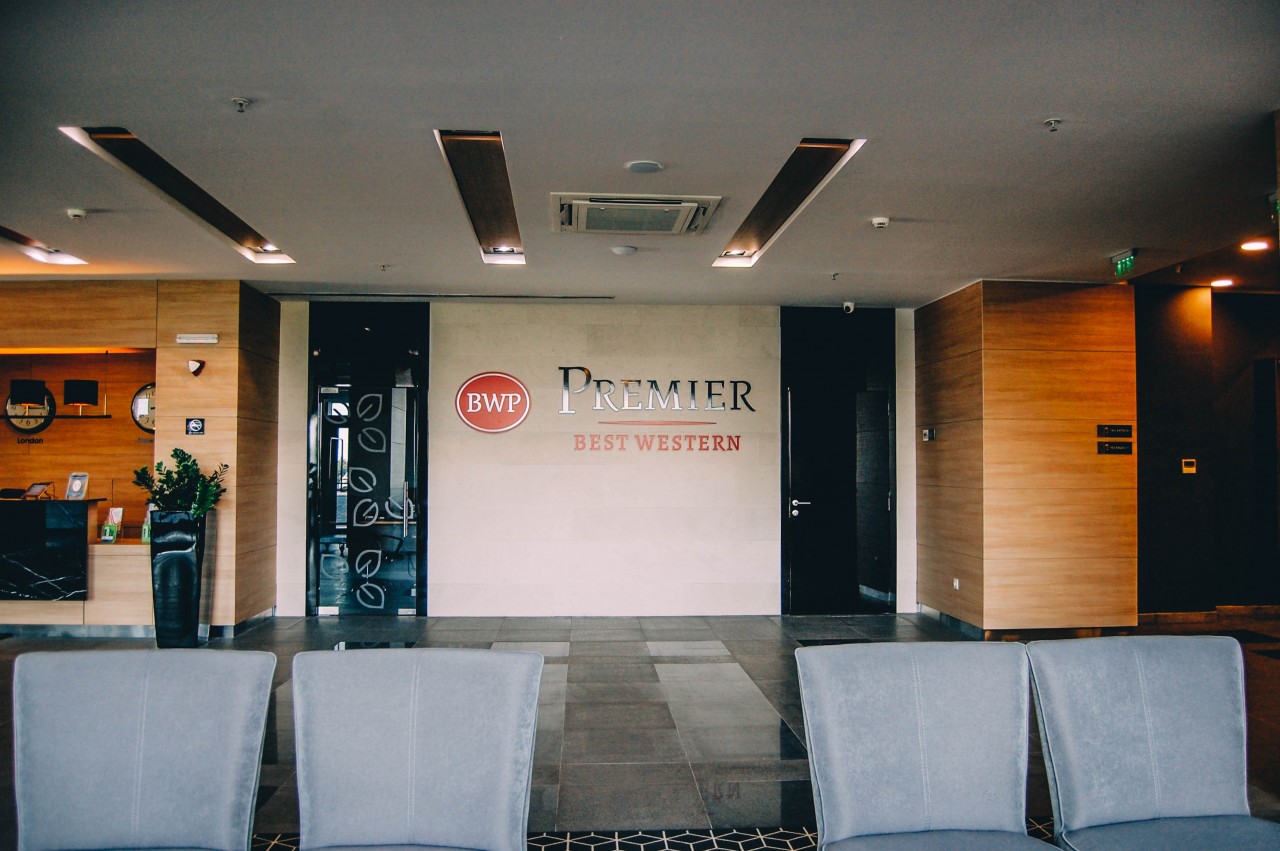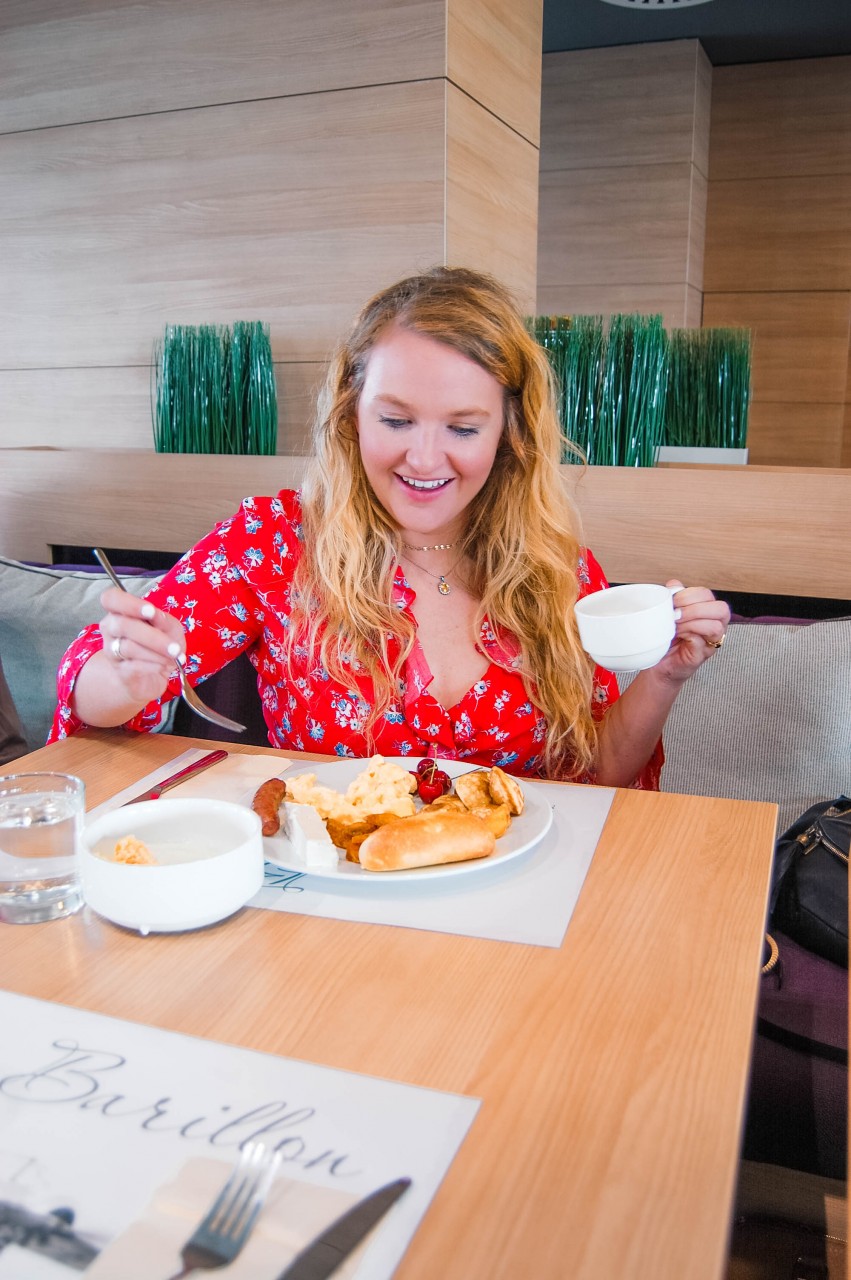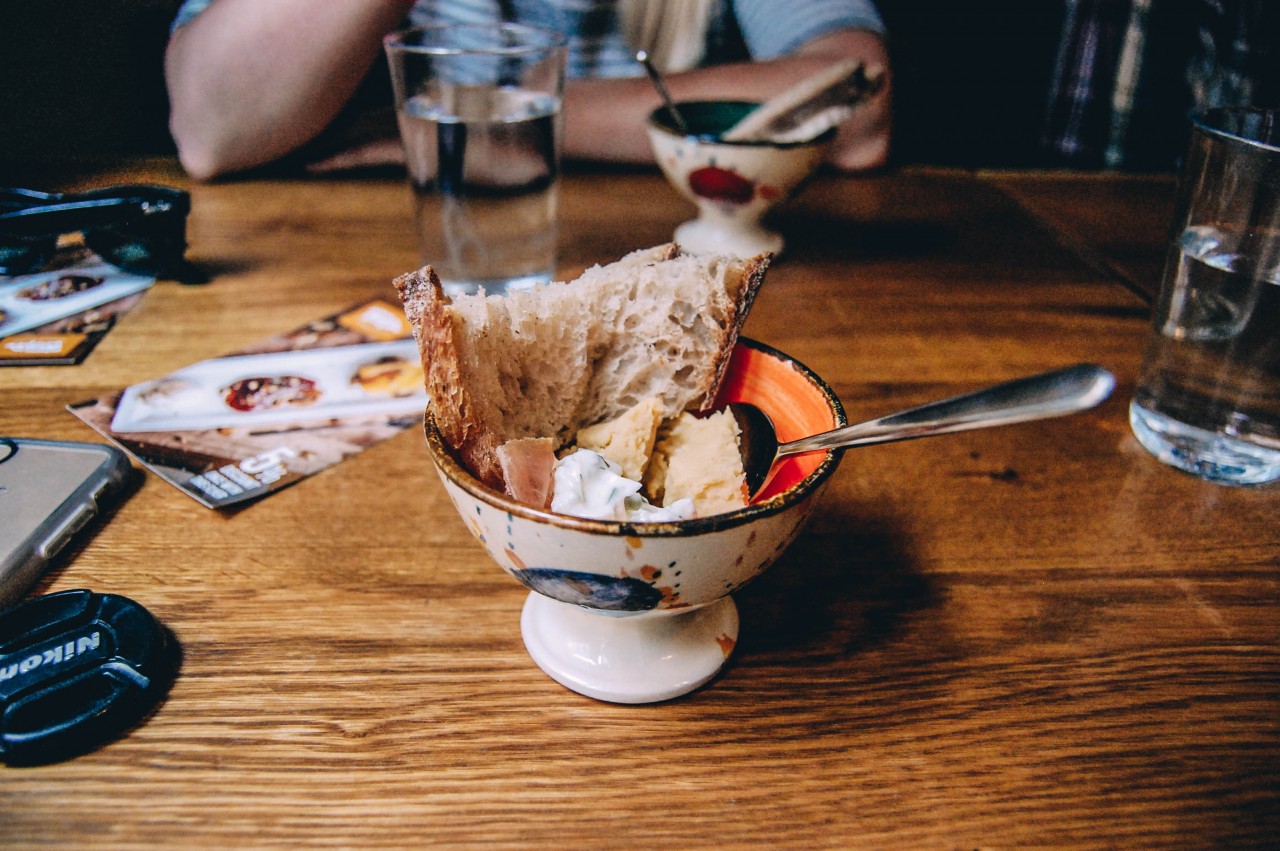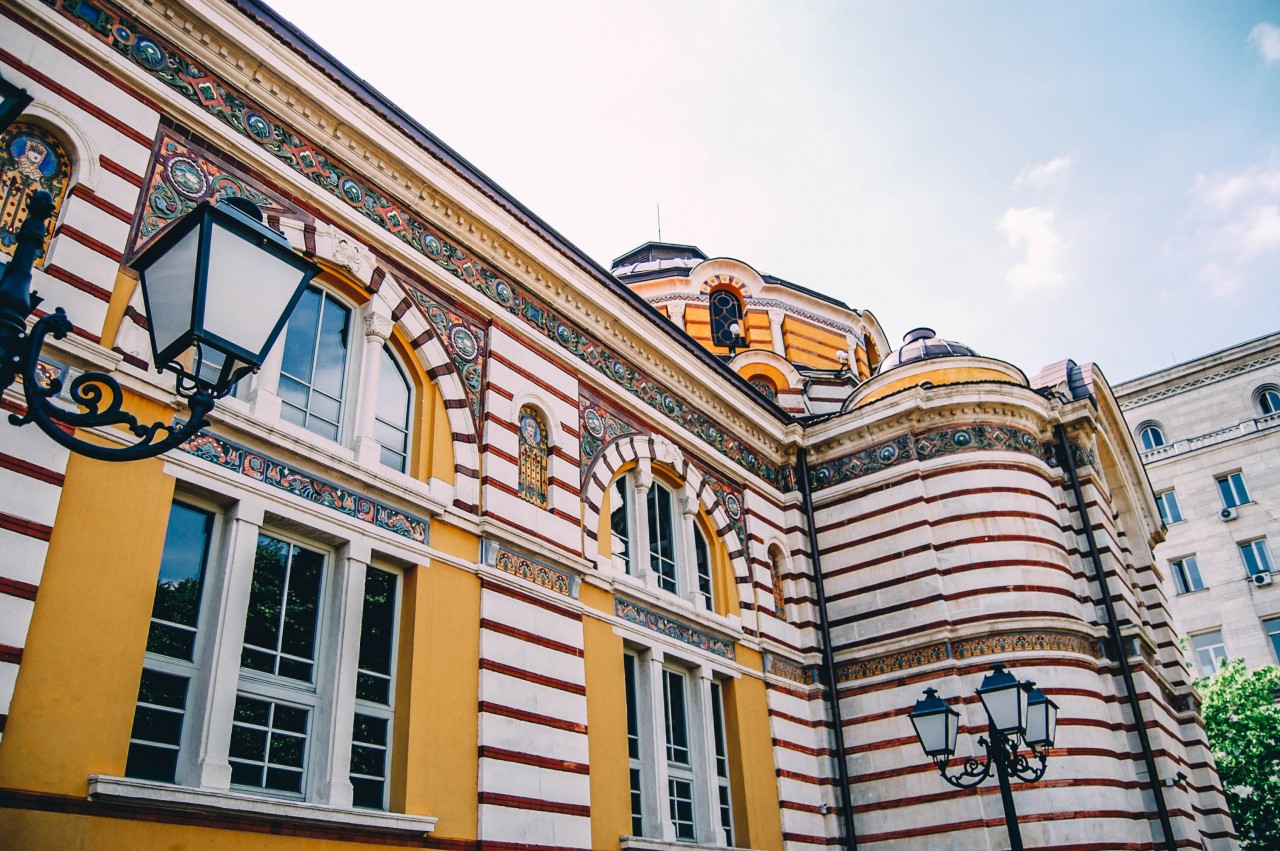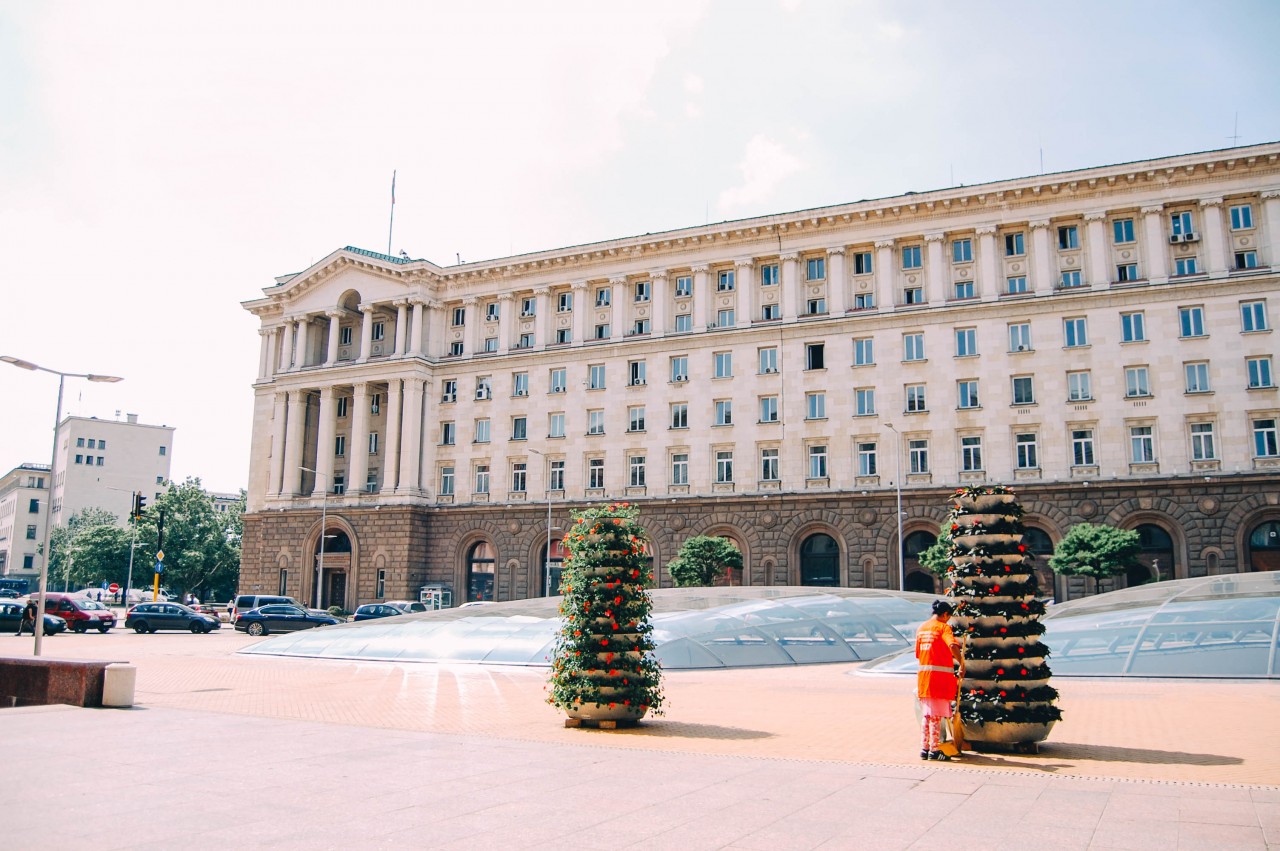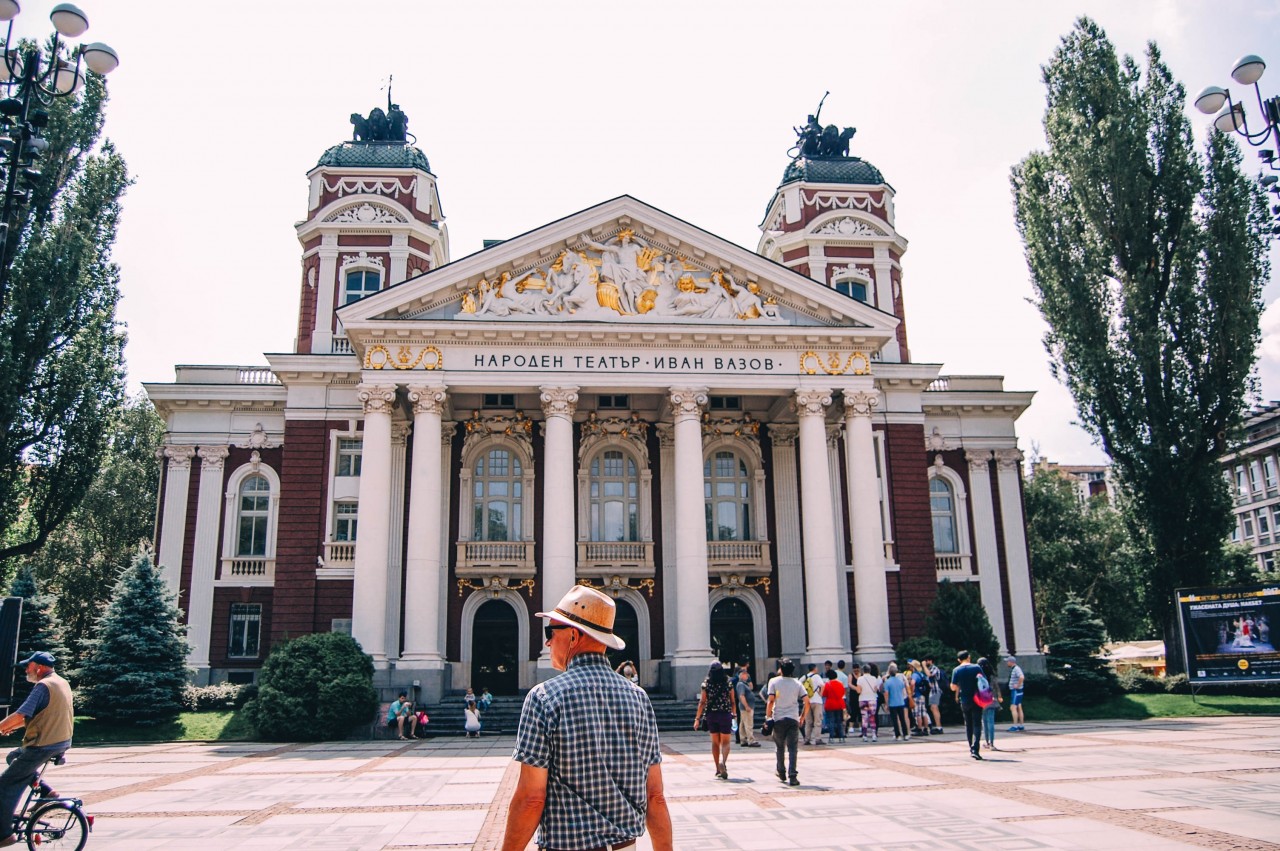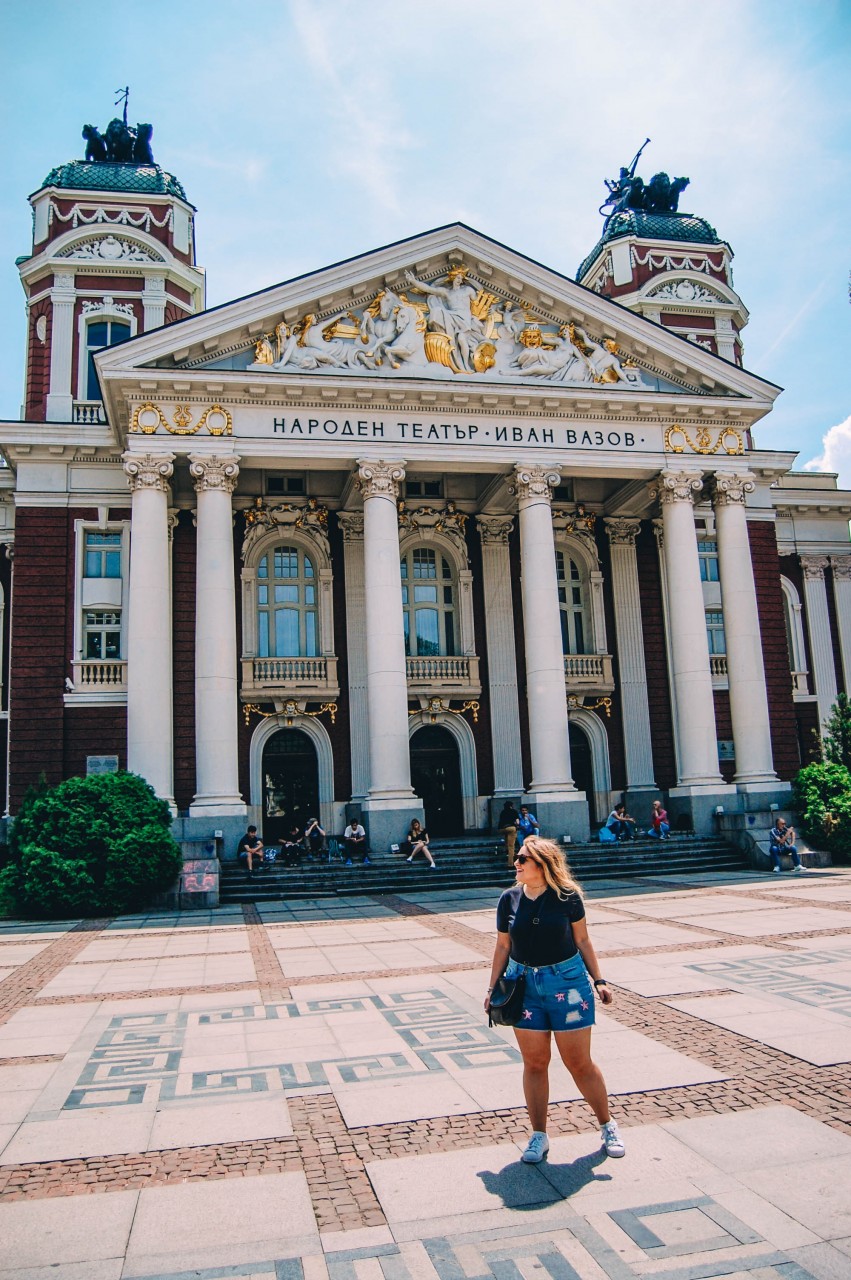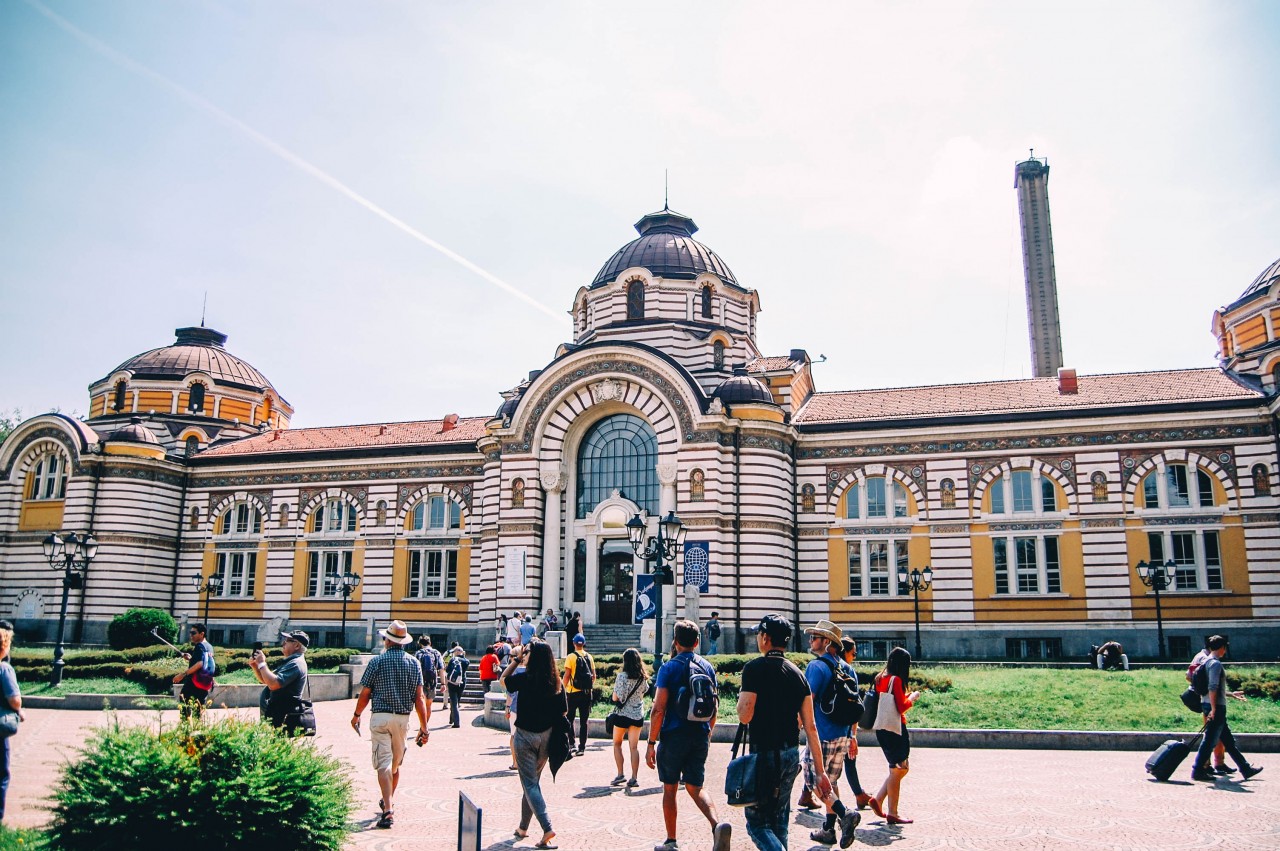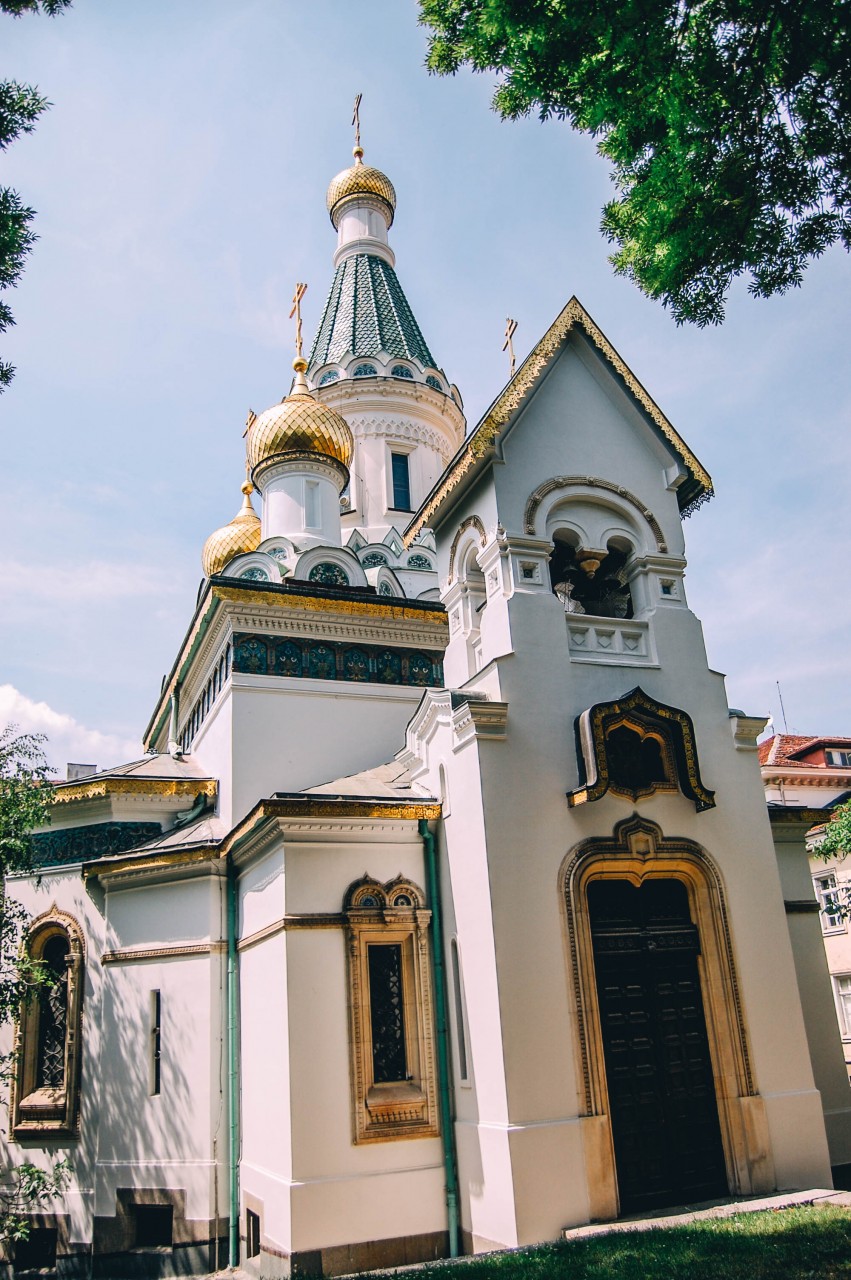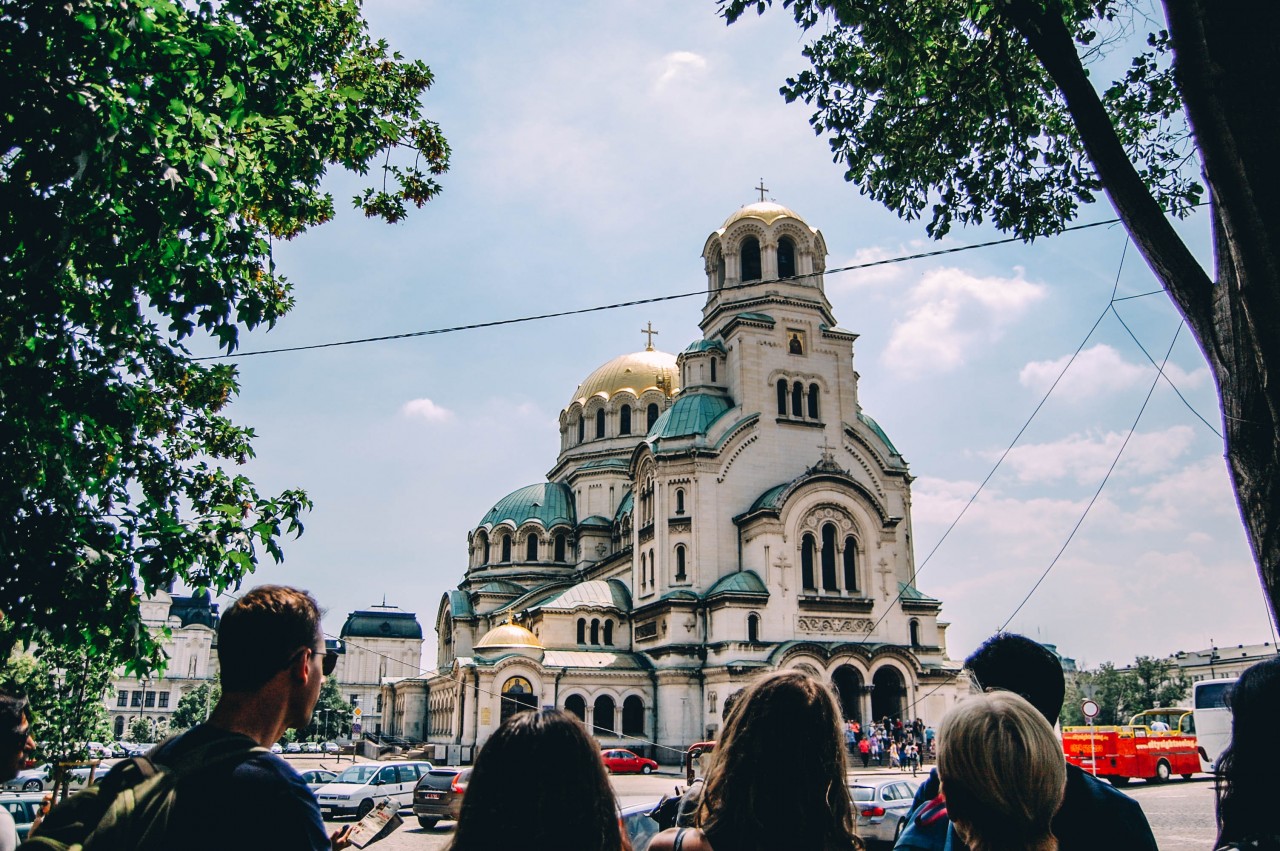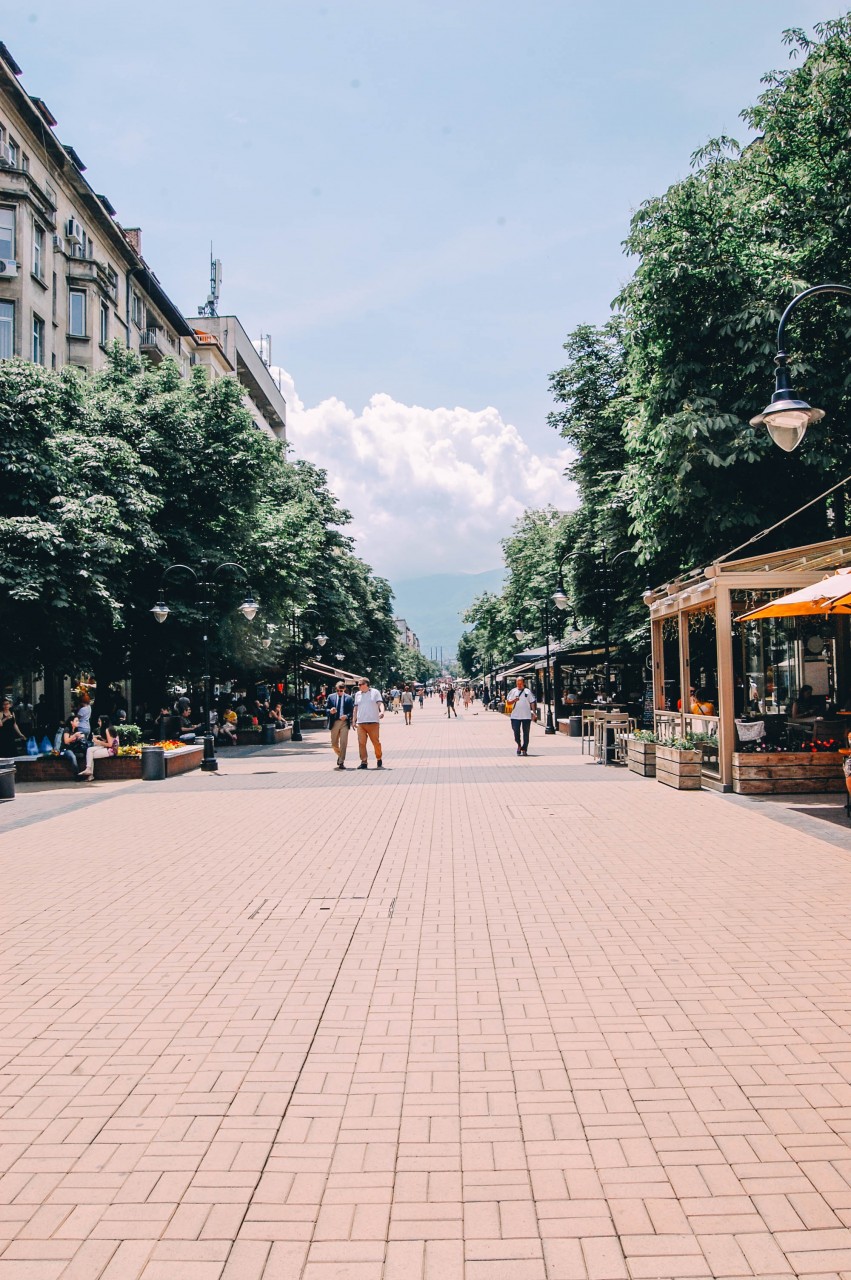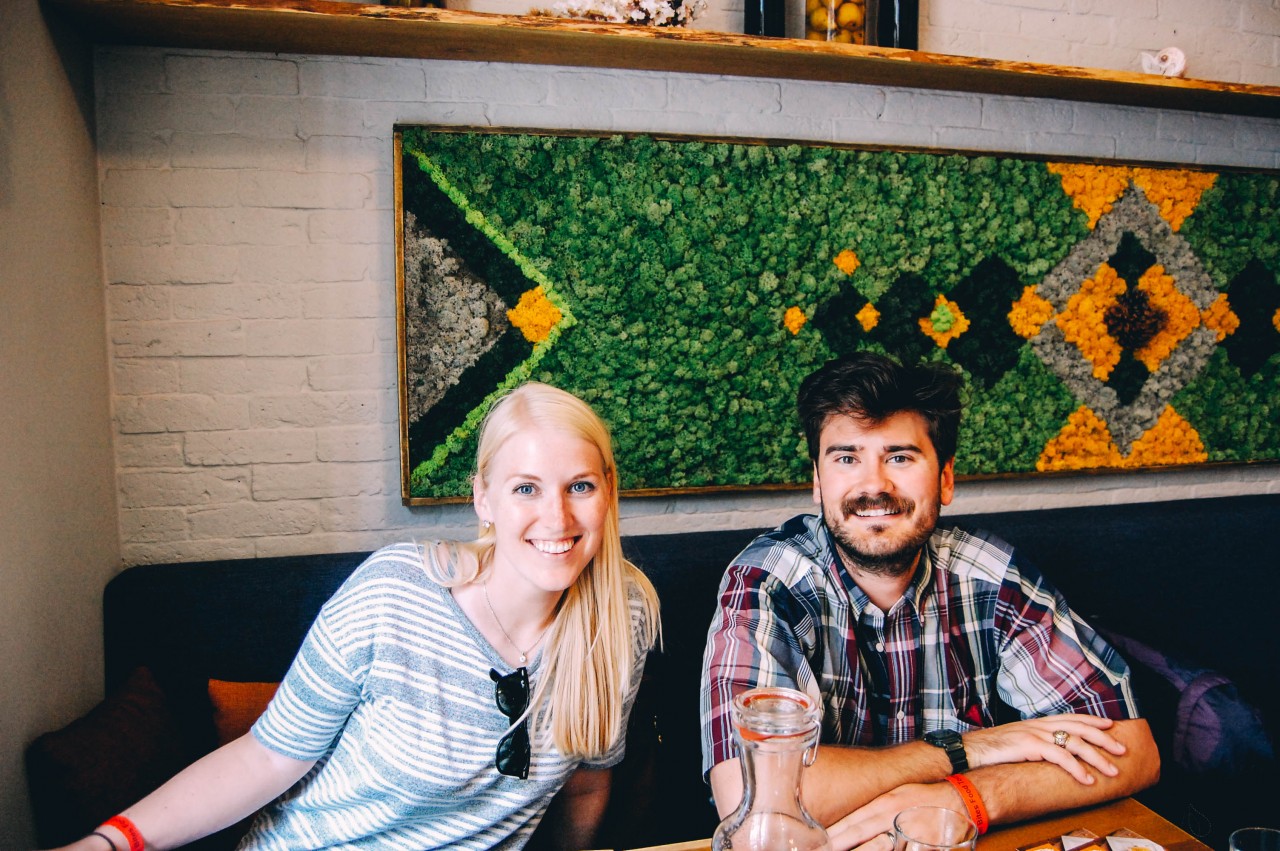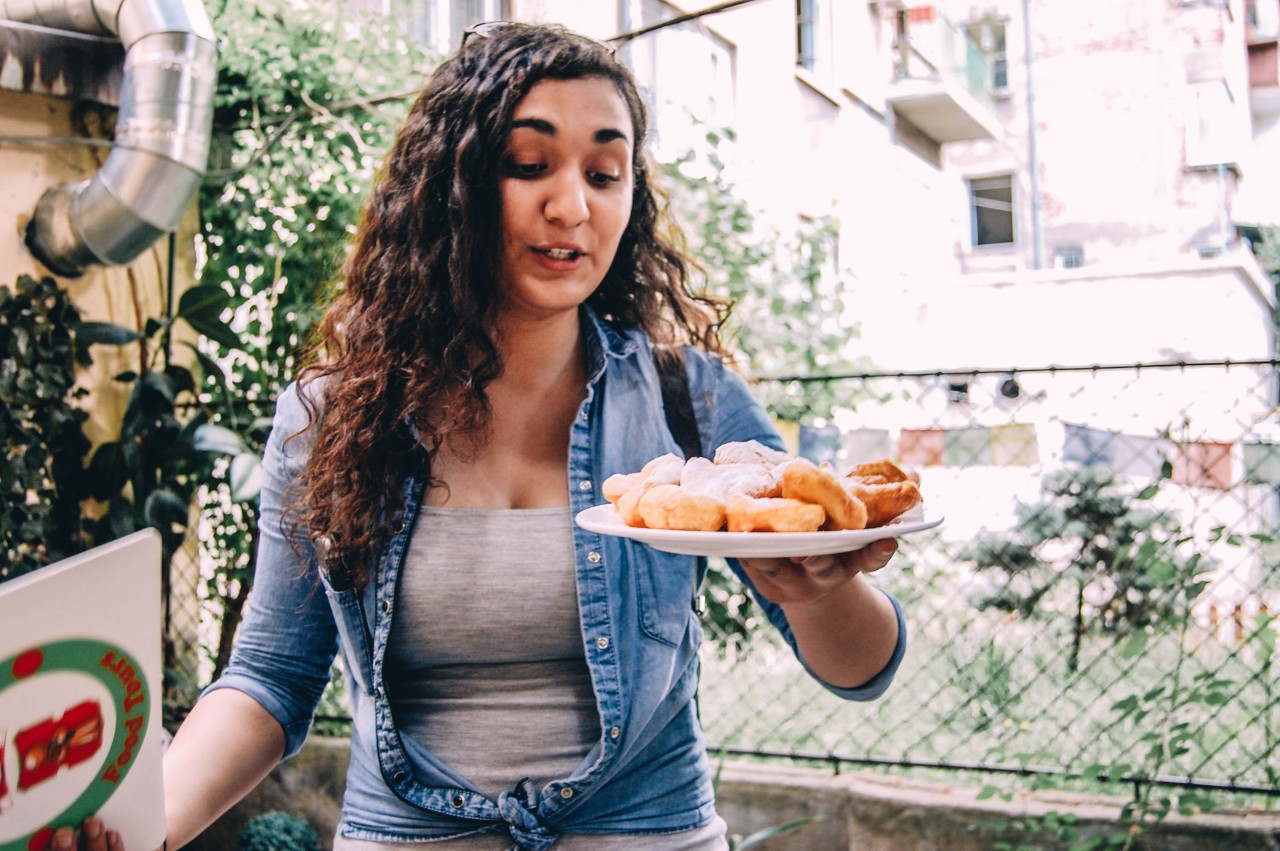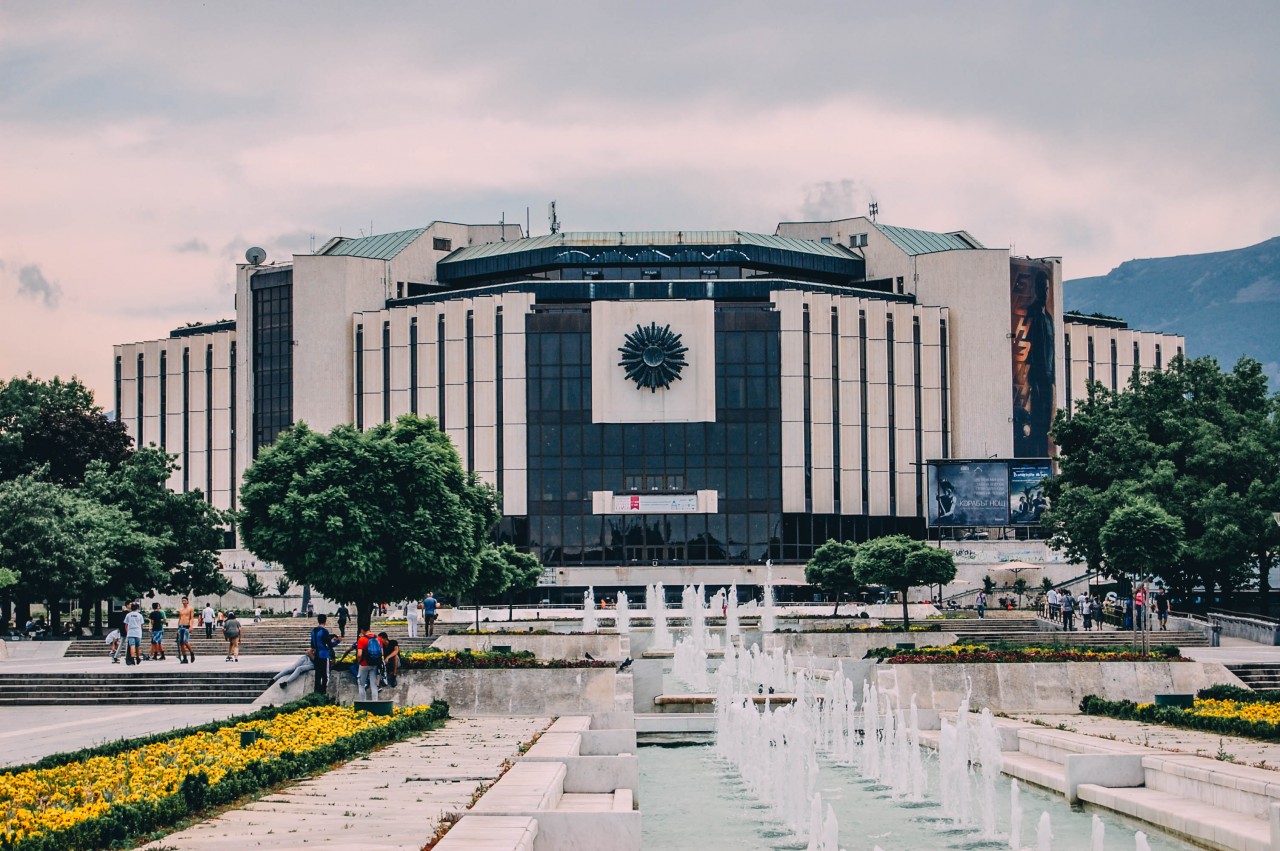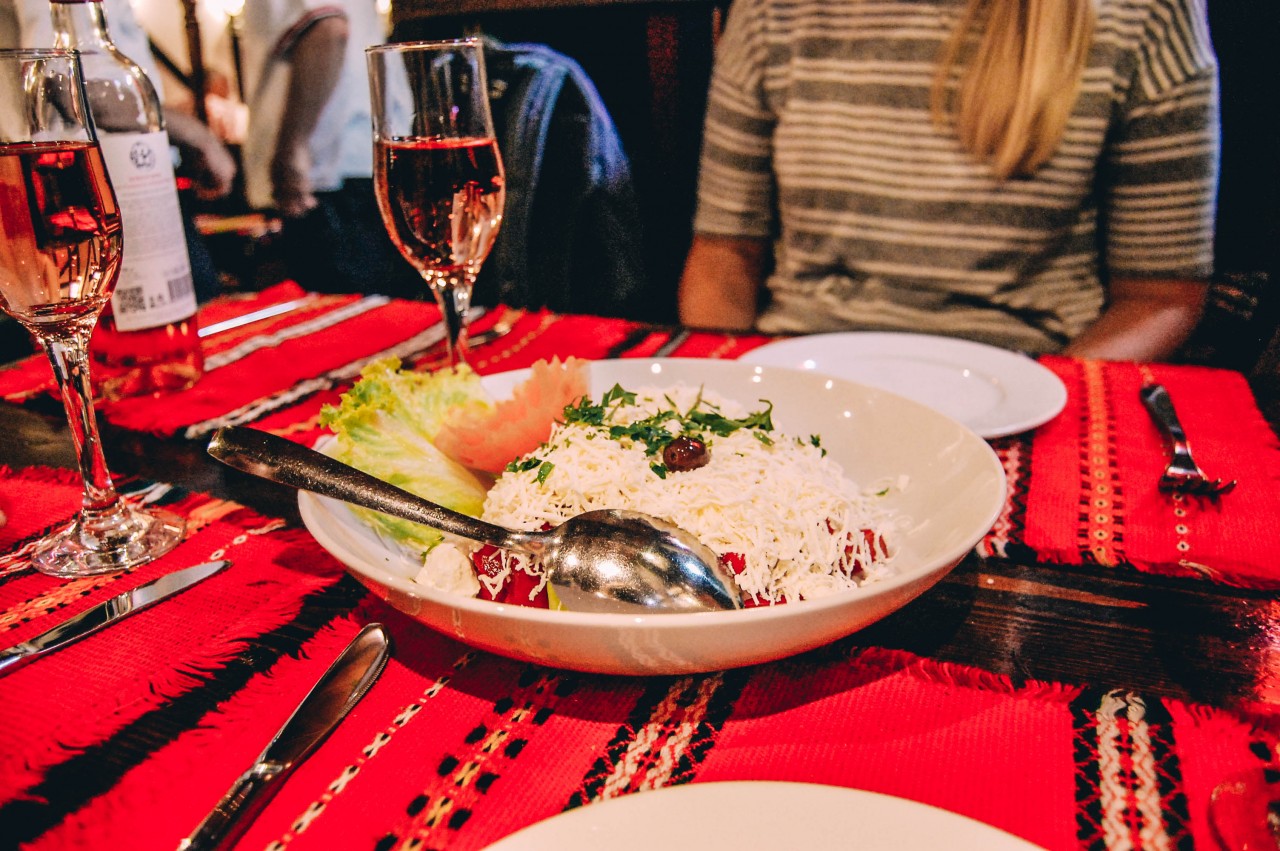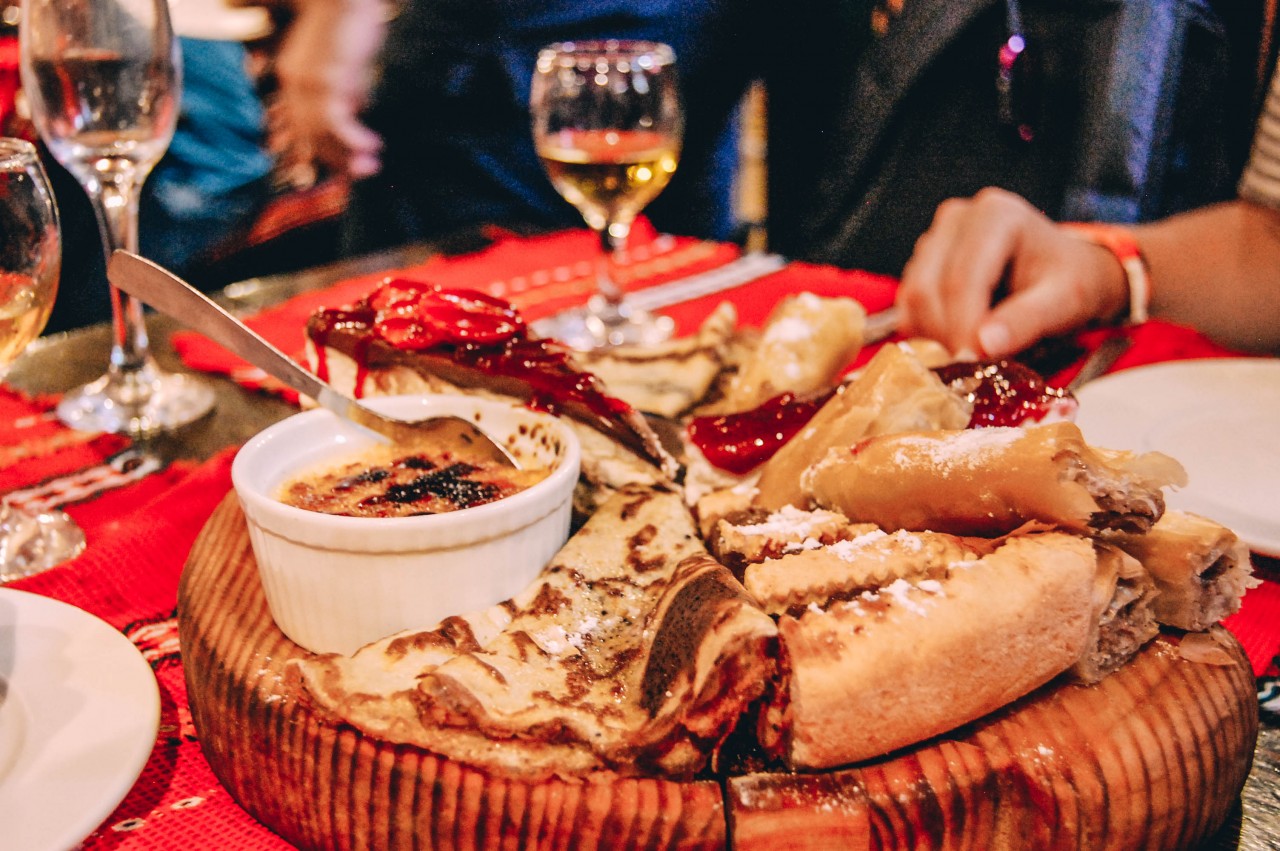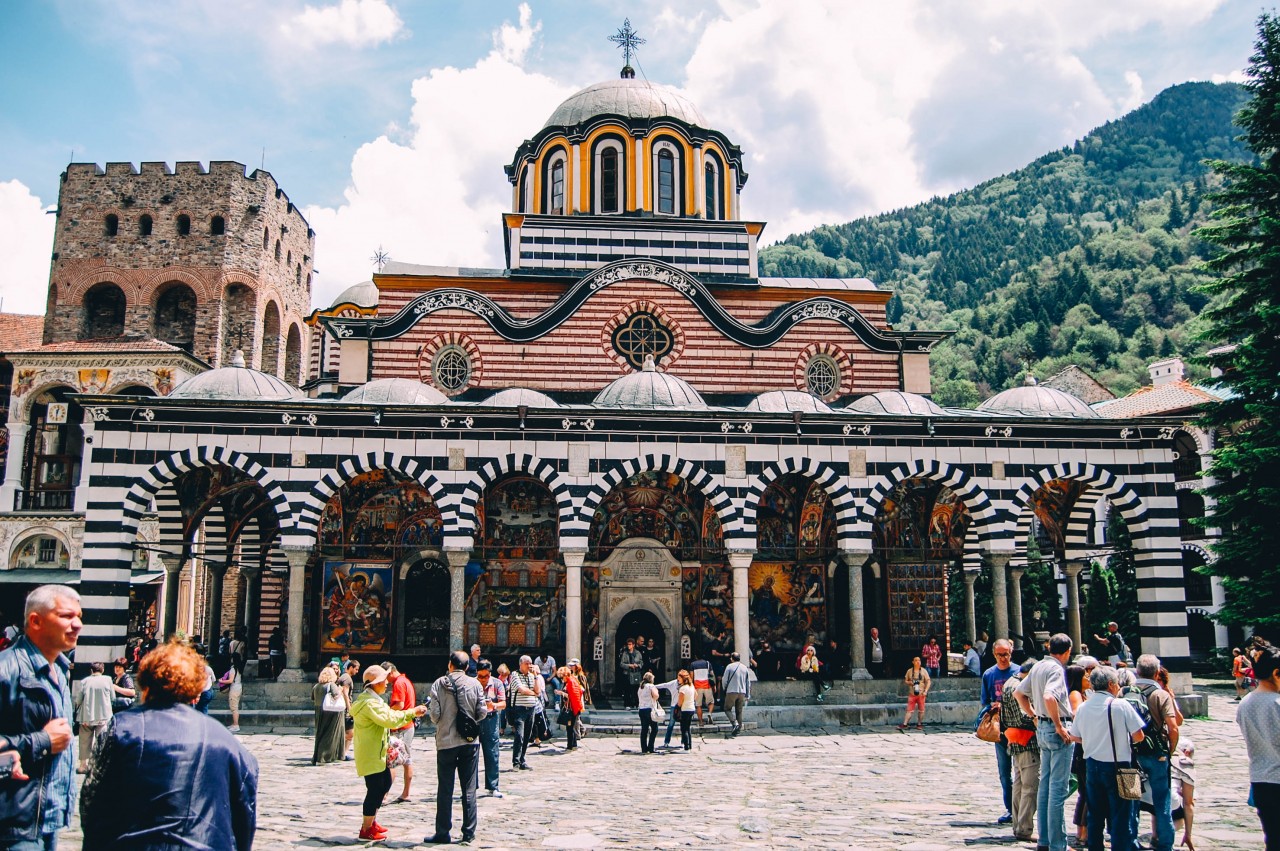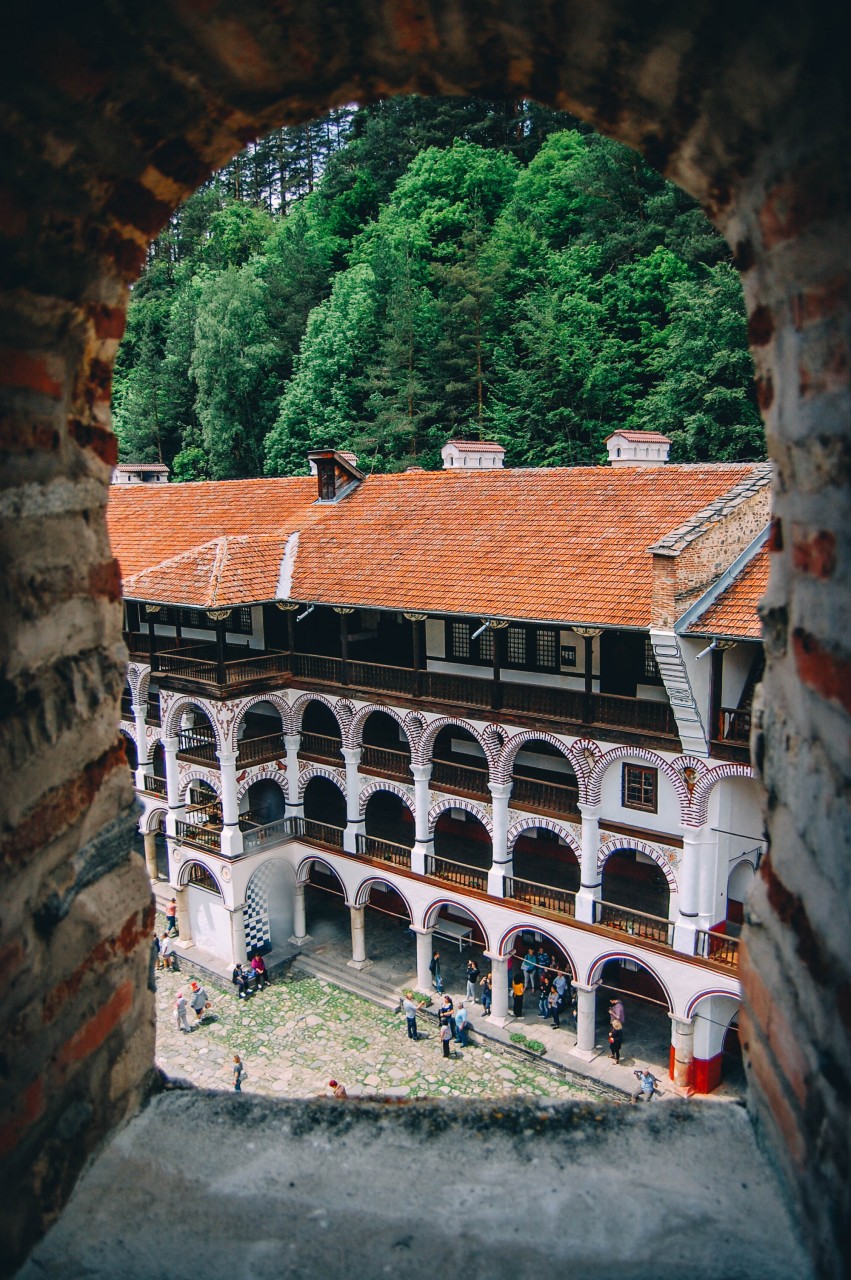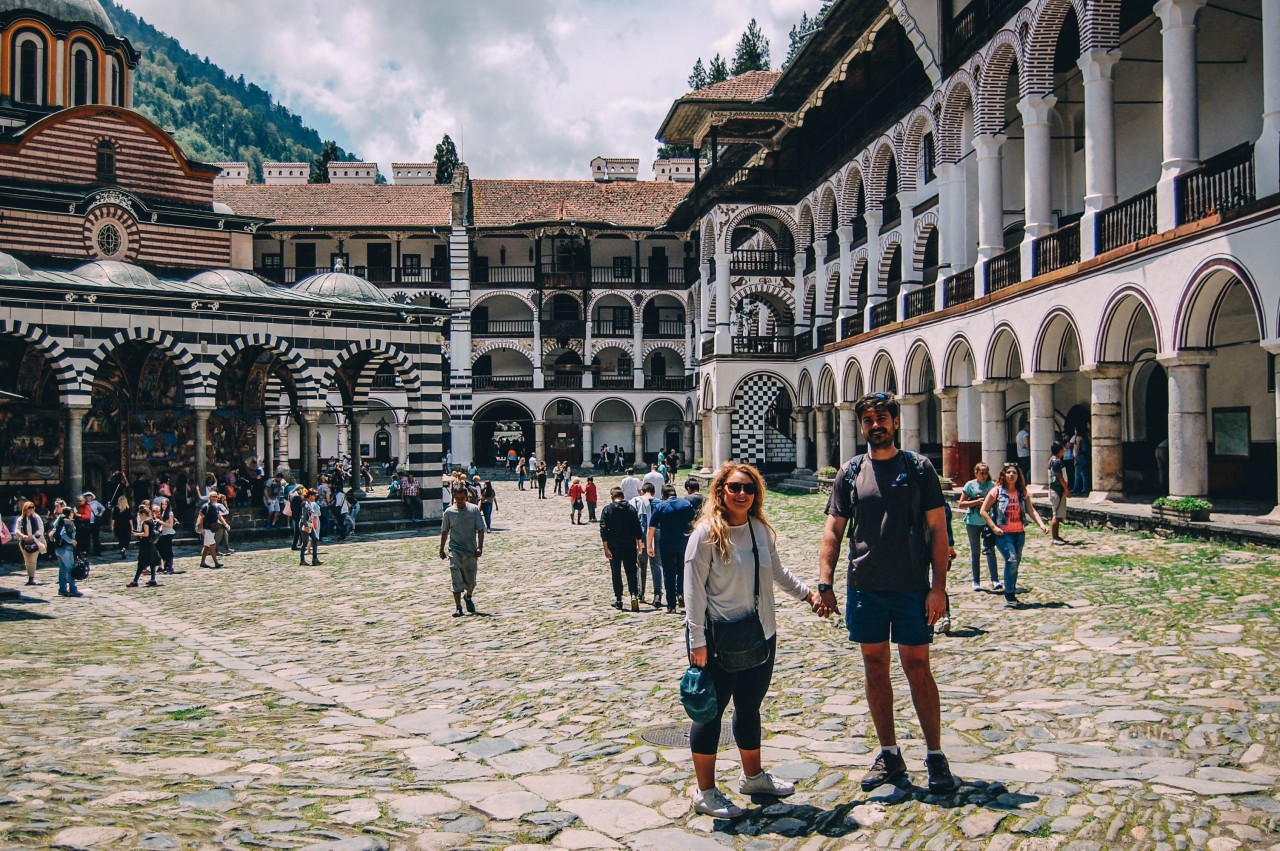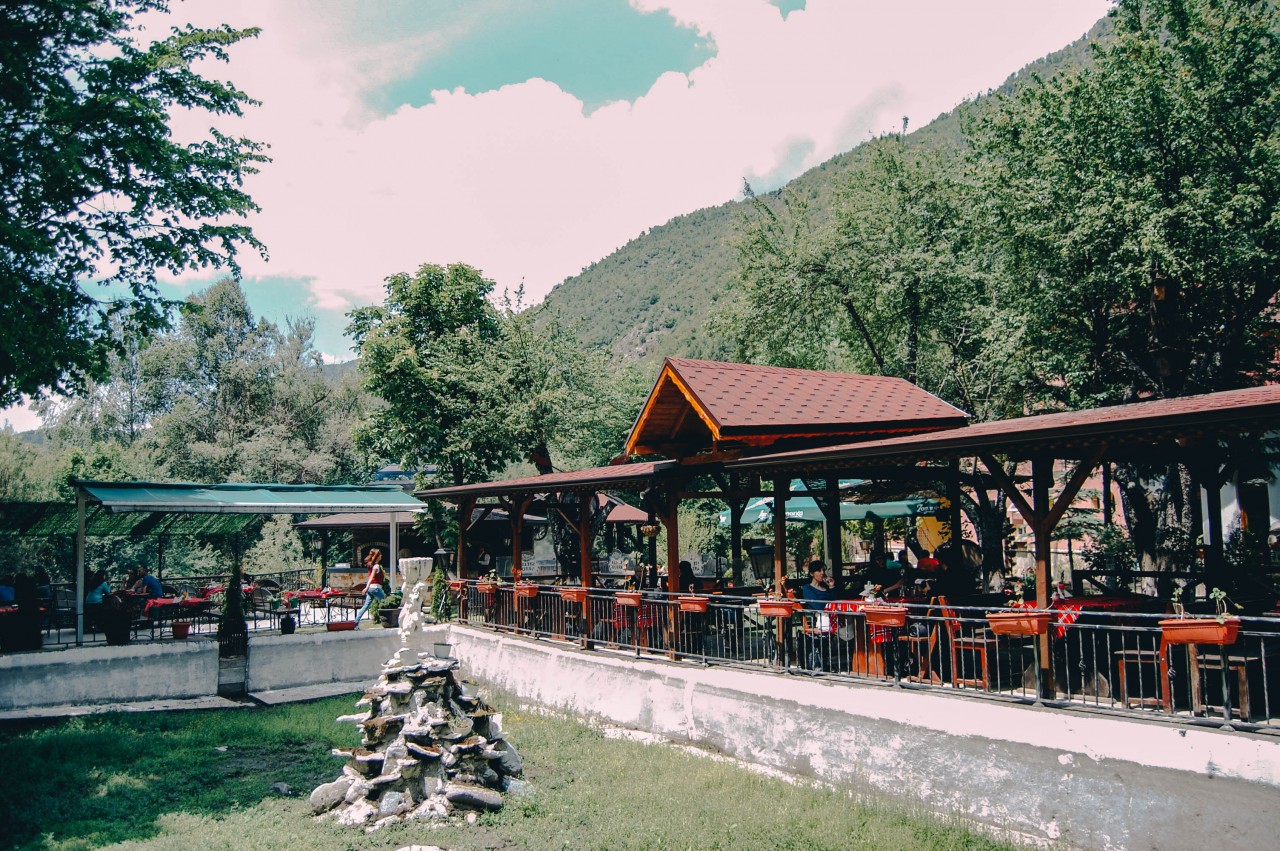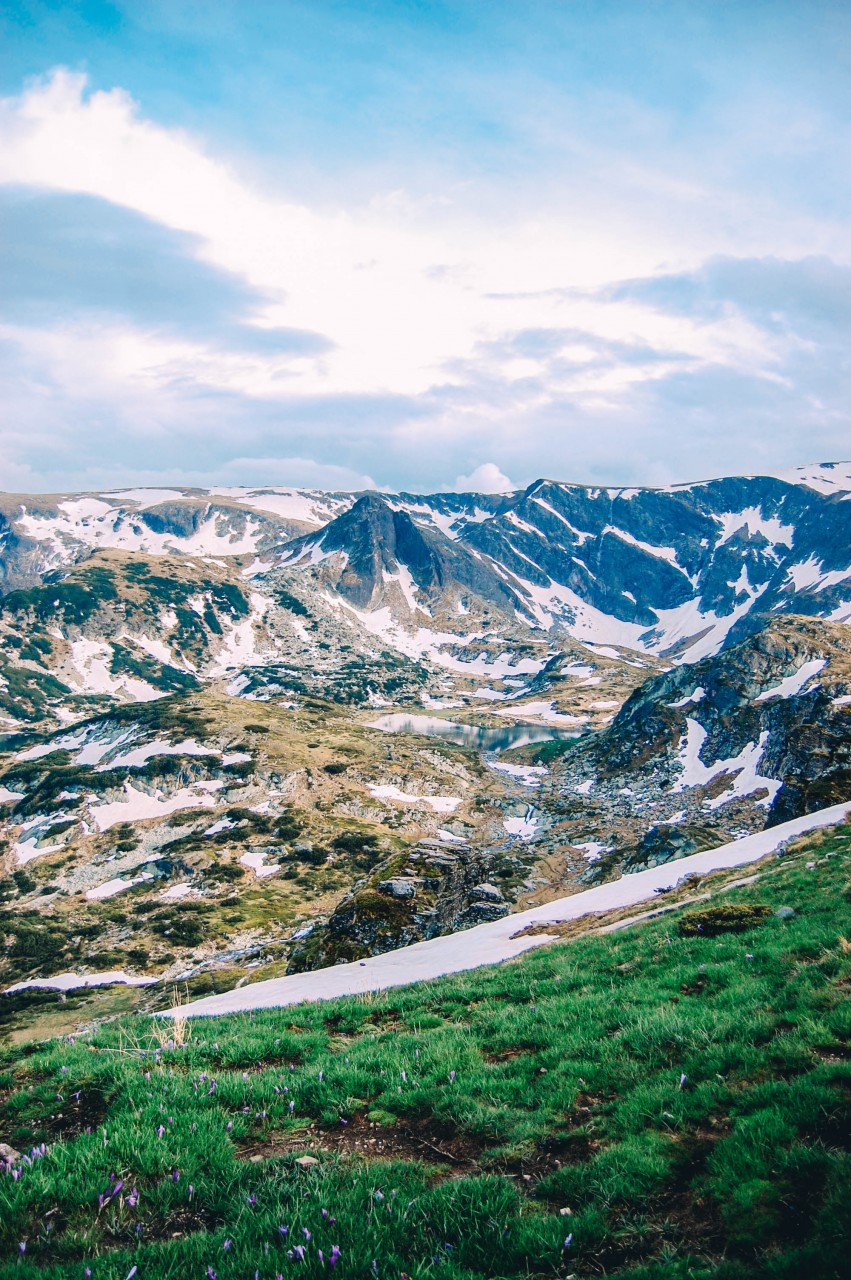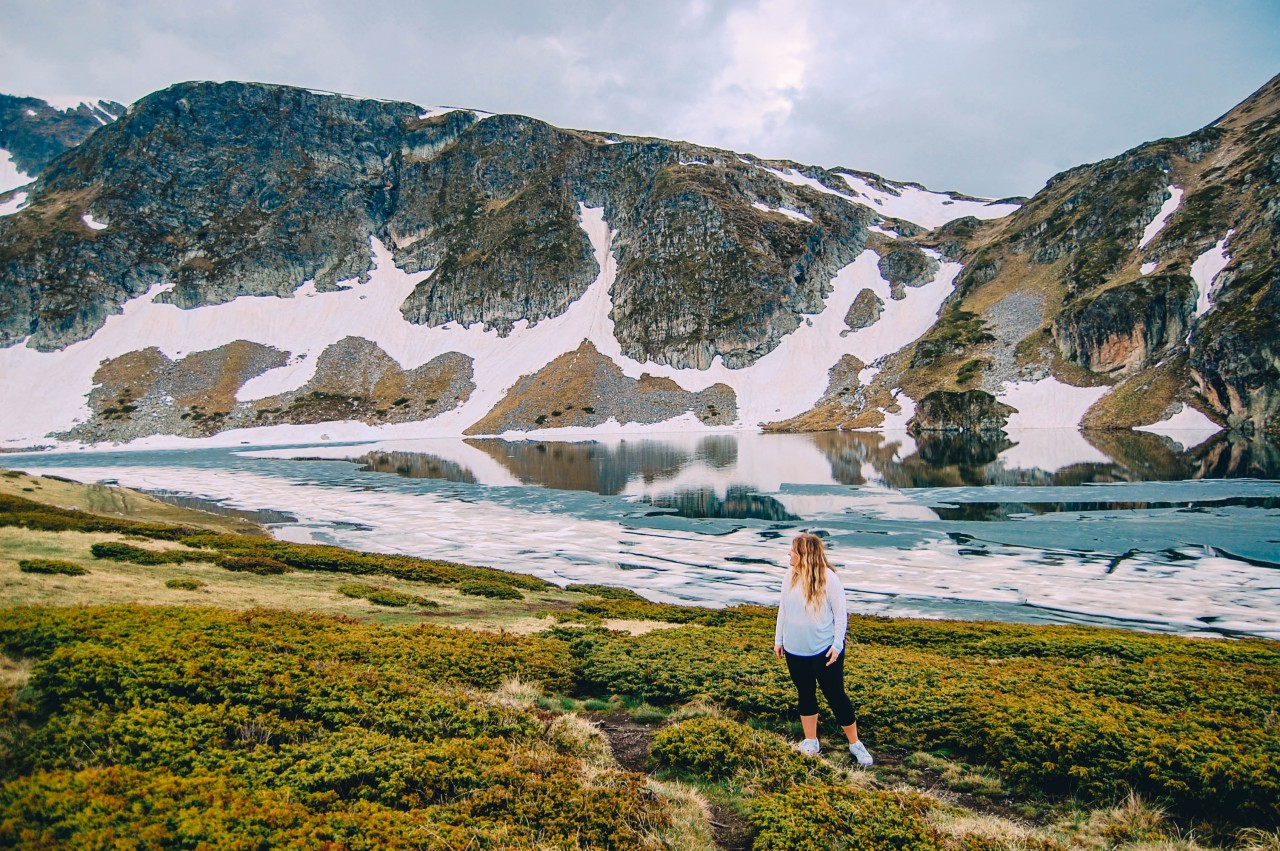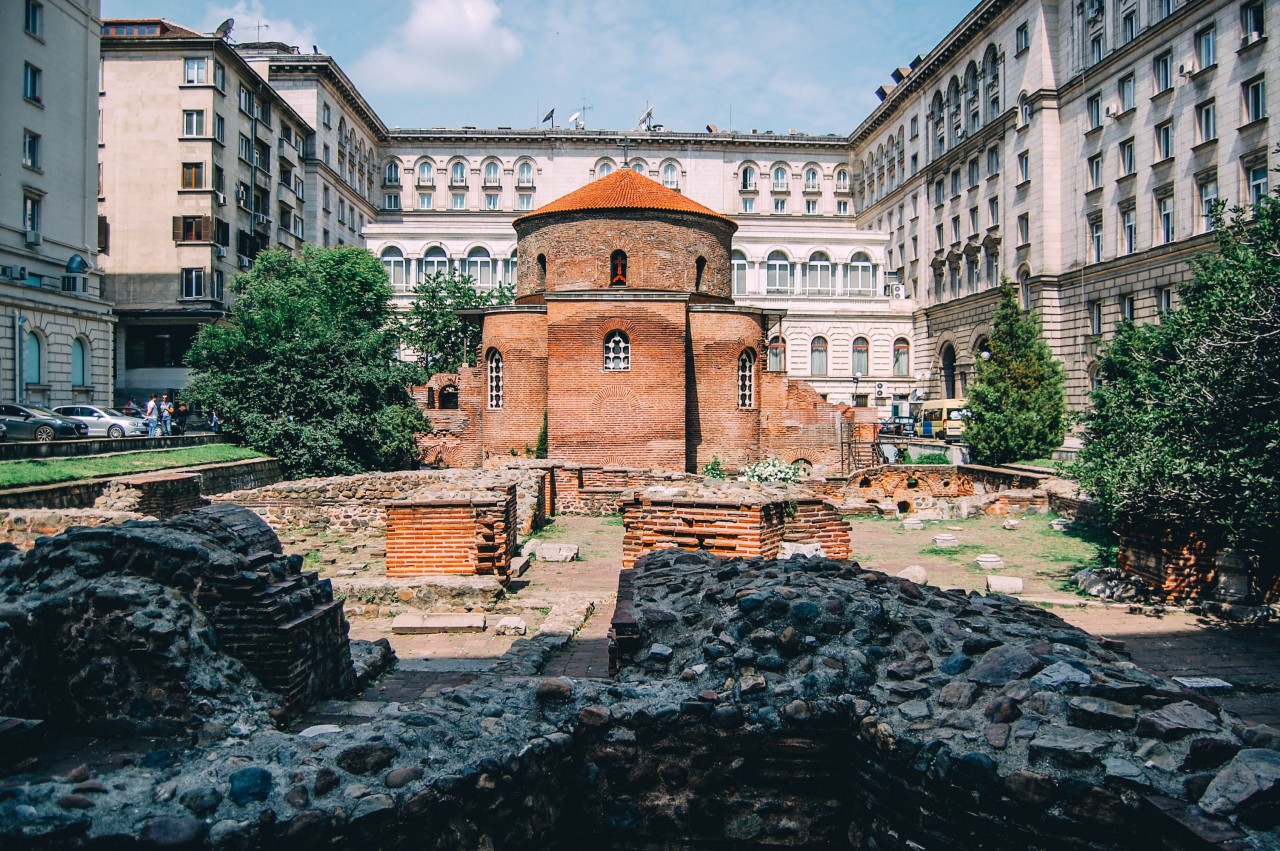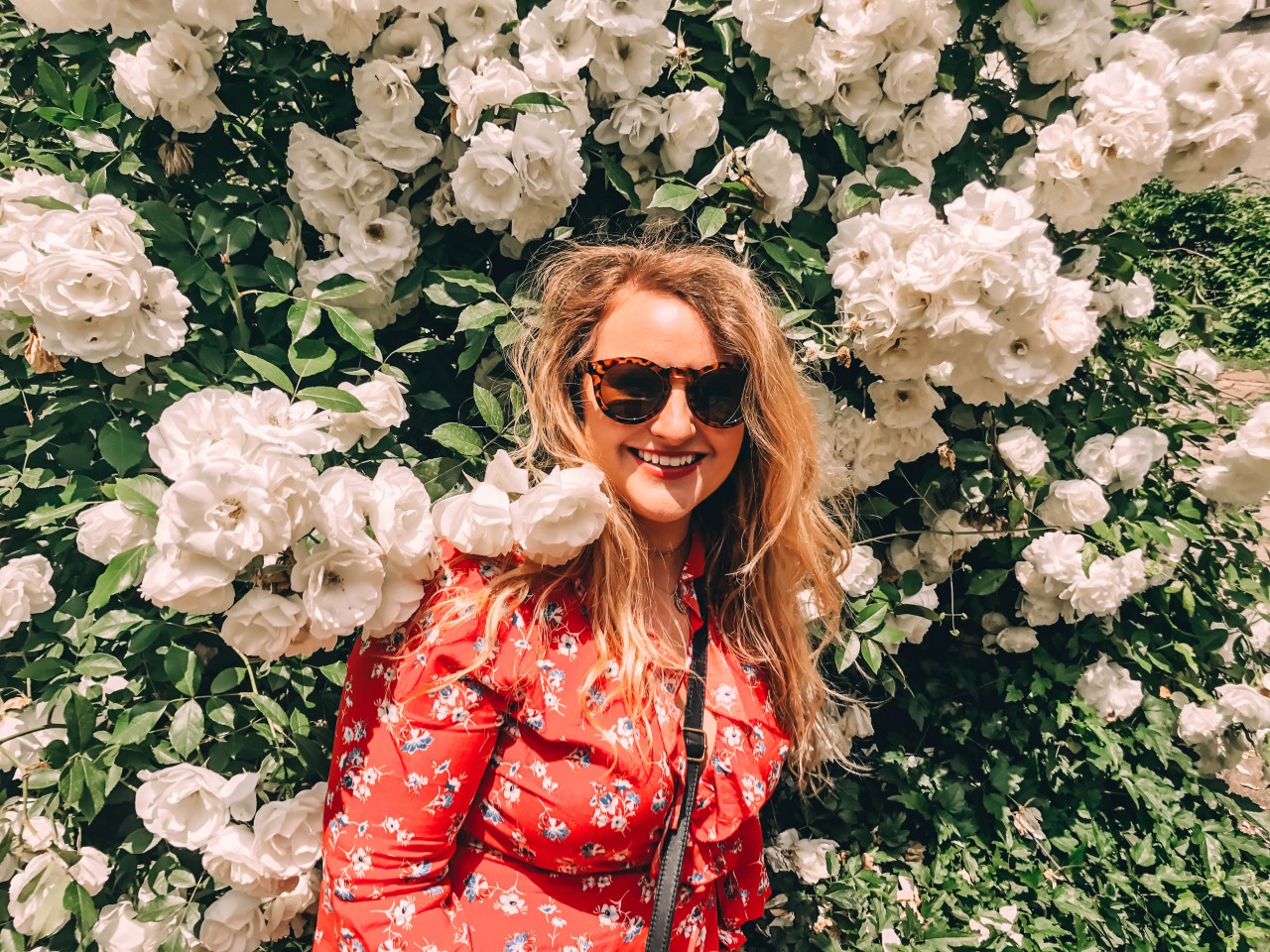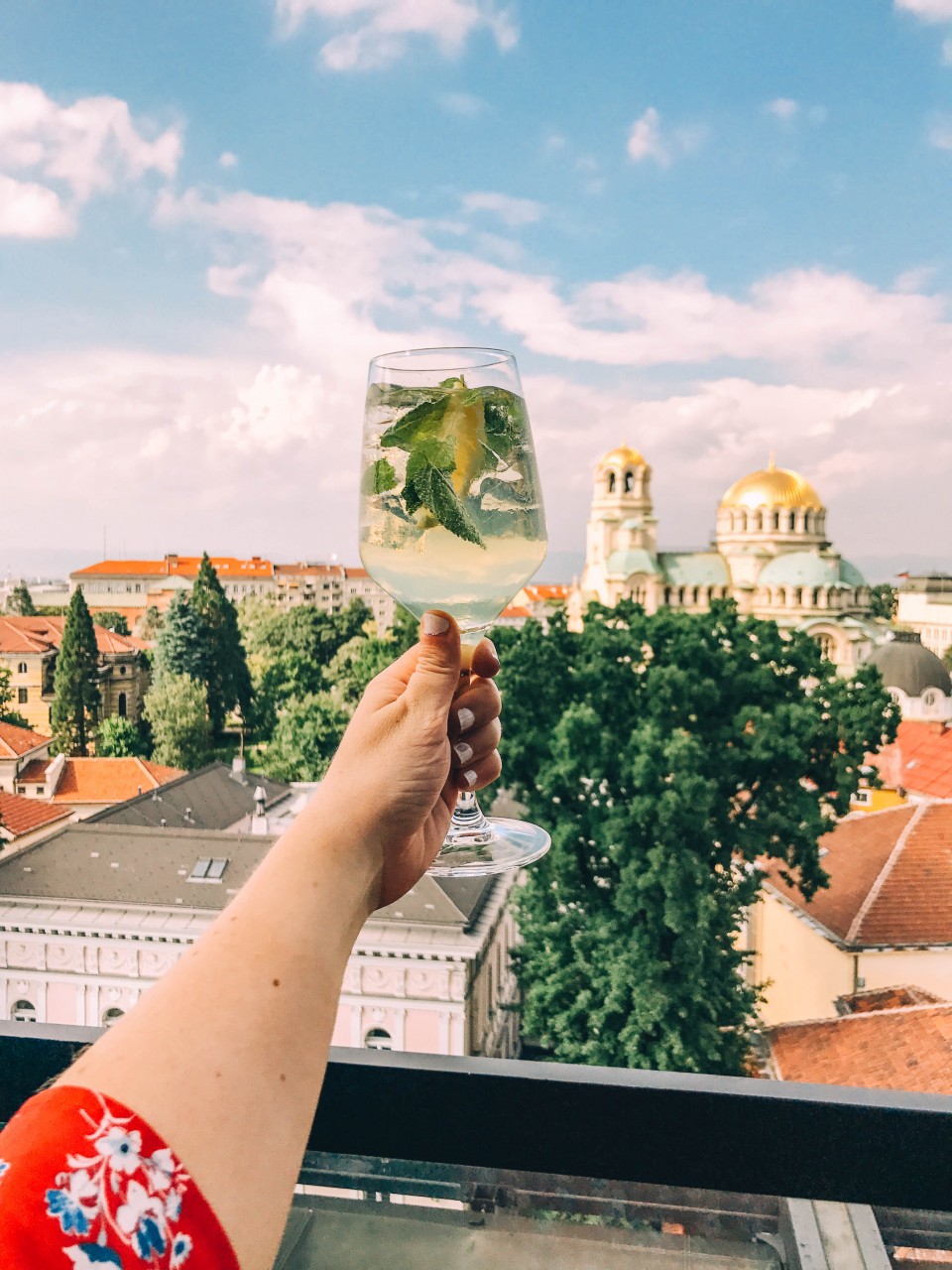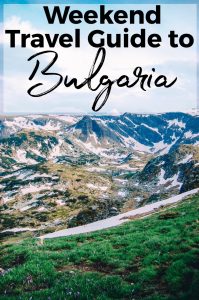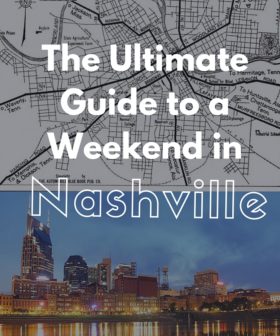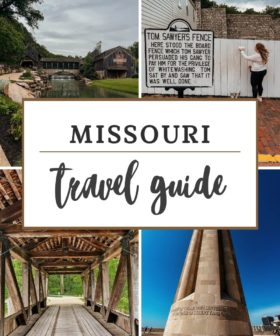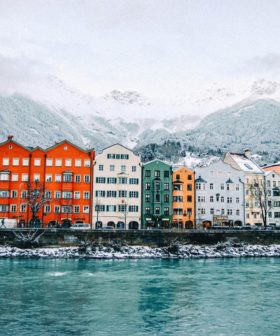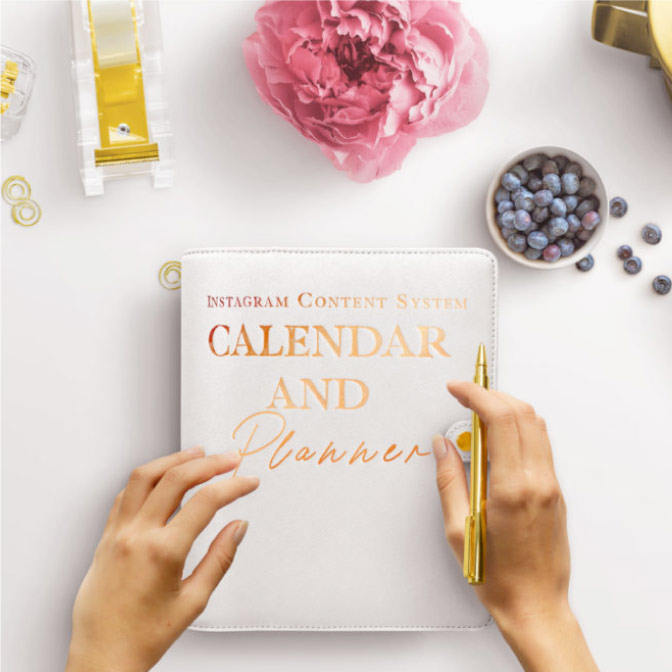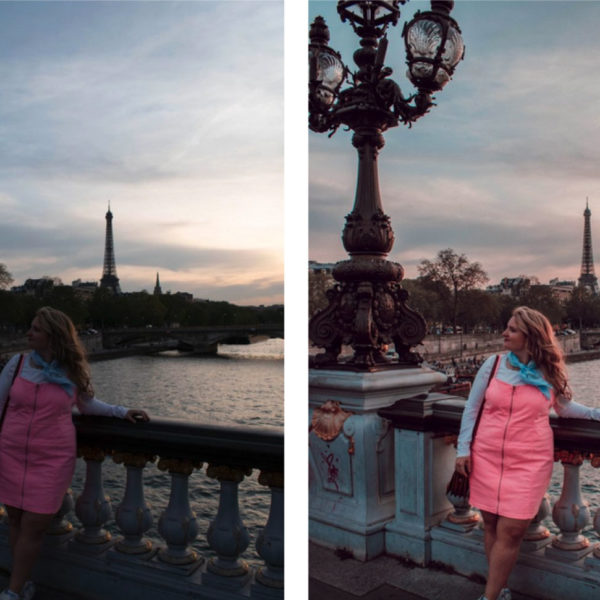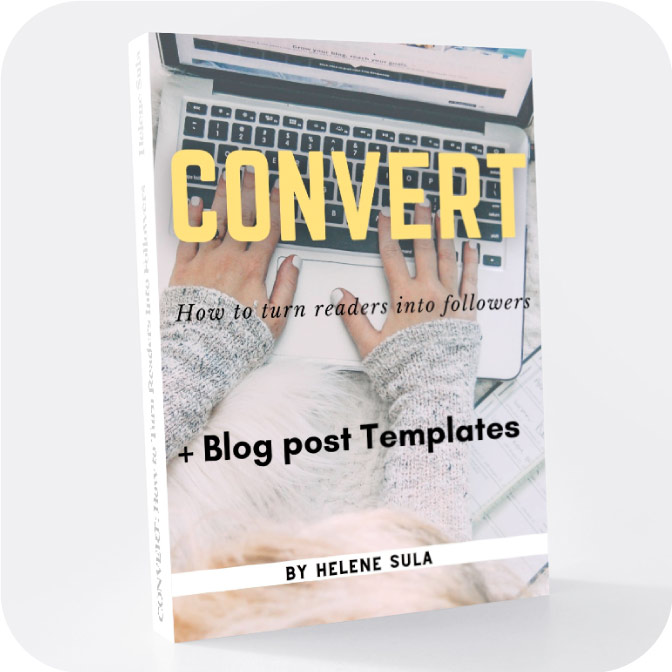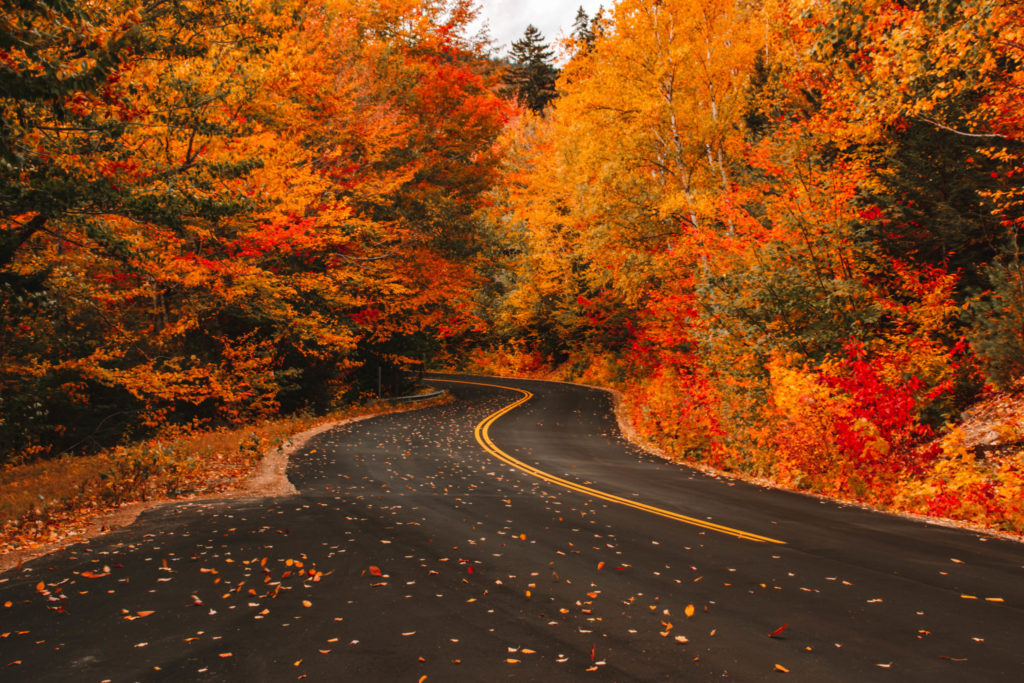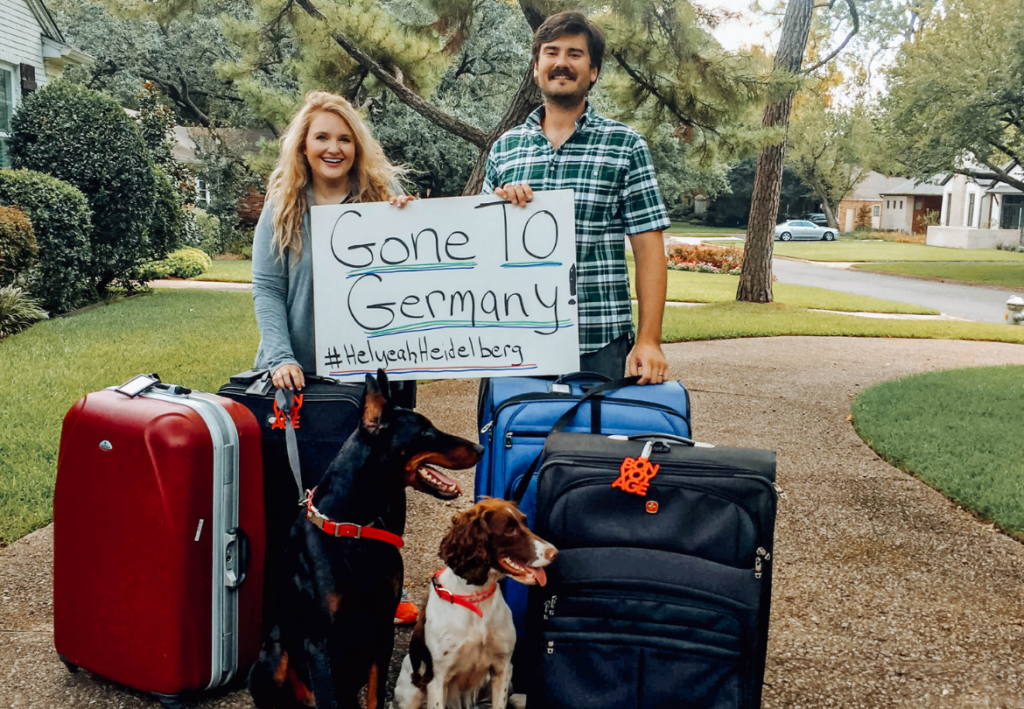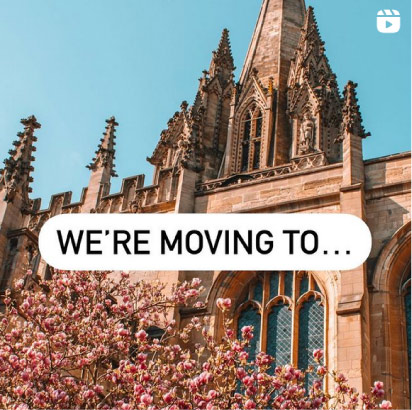Going to Bulgaria was like getting to step into an untouched, expansive world. I went into my trip to Sofia, Bulgaria with low expectations. I’ll be honest with you, I hadn’t done too much research. But when my friend Alex found cheap flights from Germany, we decided to go. What we discovered was a beautiful, thriving city with delicious and inexpensive food (and cabs), no crowds, lovely weather, lush parks, and tours that give you an understanding of this unique city. If I could describe my experience in one word, it would be surprise.
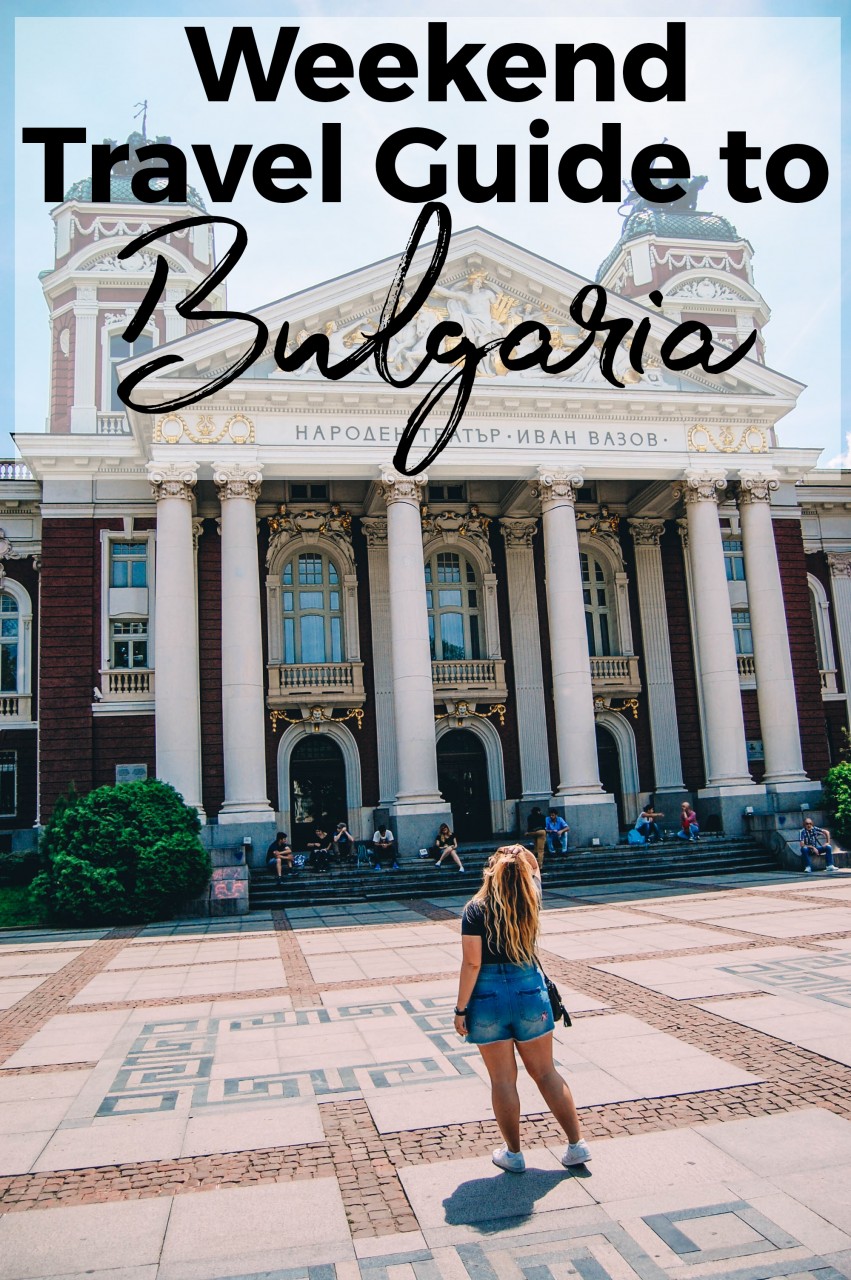
Our plans were simple: see absolutely everything in the capital of Bulgaria, Sofia, then rent a car to explore nearby towns for natural beauty and unique architecture.
Weekend Travel Guide to Bulgaria:
Below you can find a map of all the places discussed in this post:
[powr-map id=6f8af9cc_1510314765]
Where to stay: Best Western Premier
We had the loveliest time at Best Western Premier Sofia. The hotel is located near the airport and about 15 minutes from the city center. Upon arrival, the hotel picked us up from the airport and shuttled us back to the hotel. We had a lovely suite that could sleep three and the hotel would call a cab for us each morning to head to the city center.
Cabs are so inexpensive it's no problem staying outside the city center. It was also nice to be close to the airport and have a quick shuttle to take us when we left. But the best part of the hotel was the continental breakfast. I mean this sincerely, this was one of the best breakfasts at a hotel I’ve ever had. A huge smattering of: coffee, juice, pancakes, crepes, yogurt, fries, fish, jams, fresh fruit, eggs, assorted cheeses, meats, jams, and my favorite part: honeycomb! Every morning I’d have a large bowl of Bulgaria’s famous yogurt with a large square of fresh-from-the-bees honey comb.
But truly, one of the best aspects of this hotel was the help they gave me when I lost one of the most important and vital parts of this blog: my camera. On the last day of our trip we took a cab from the hotel to a museum in the city center. I thought I had my camera around my neck, but I took it off and left it in the cab. I realized it as soon as we stepped out, but the taxi had already taken off. Michael tried to sprint after it to no avail. My first move was to call the hotel. On my behalf they called several cab companies in search of my camera. I thought it was for sure a lost cause. Teary eyed, I went to the museum and accepted the fact that I’d have to shell out for a new camera. Michael said to me, “Well… what kind of camera do you want?” I told him I wanted to just hope that MAYBE I could get it back.
An hour later the hotel called to let me know they FOUND the cab and they were bringing the camera back! If that’s not customer service, I don’t know what is. I’d recommend this hotel to anyone going to Sofia, it’s just the perfect place to stay.
Food In Bulgaria
Bulgaria is known for delicious food and drinks. We went on a food tour on our first full day in Sofia and it was the best way to get a real sampling some of their famous food. Here are some foods not to miss:
-Shopska salad- a traditional and deliciously simple salad that I fell in love with.
-Rakia- fermented fruit brandy.
-Yoghurt- apparently invented here as farmers would have leftover milk and bring it with them to the market and it would spoil but end up tasting good at the end of the day. This sour milk became today's yogurt. Actually, this became the study of a health craze since so many in Bulgaria tended to live longer lives since they ate a lot of the yogurt.
Mineral water- don't forget to sip from the healing waters of the mineral springs.
Boza – this is a beverage made of a boiled combination of wheat or rye and sugar. It's slightly alcoholic and also very weird. But considering it's a traditional drink, I dare you to try it!
Kebache – this is grilled minced meat in it's finest form and is really delicious.
Tarator- is a soup with a yogurt base with cucumbers, garlic, dill, and nuts. It's served cold and makes for a refreshing appetizer. I wasn't a huge fan, but it's not heavy so makes for a good appetizer.
How to Get Around
Thankfully, it's so easy to get around Sofia. Sometimes European capital cities can feel a bit confusing. But your options are: super cheap public transportation or also cheap taxis. We opted for taxis since we just needed to get from our hotel to the city center and it was a breeze to get around. Make sure that the cab has a meter on, otherwise they might try to scam you. We found that it was pretty easy to check, just ask.
What to do
Day 1: Sofia
Because of Ryan Air (a budget carrier here in Europe), there are lots of cheap flights to Bulgaria, espeically out of Europe. We arrived the night before and headed straight to the hotel for a late dinner and bed. The next morning we woke up and had a full day planned of tours: a free walking tour to learn about Sofia's history, a free food tour to learn about Sofia's culinary feats, and a possible pub crawl to learn how they drink in Bulgaria.
We took a cab from the hotel to the city center and did the 10 am free walking tour with Free Sofia Tour (just tip at the end!) that started with the National Justice building. Our guide taught us the roller-coaster history of Sofia's 6,000 year old past: from the Roman ruins that you can still walk through, medieval rulers, to the multiple religions flourishing under Ottoman rule, to escaping having to deport the Jews during Hitler's reign, and Communism that overpowered the country for 50 years.
It's easy to piece together the past with the Churches, buildings, and ruins that still remain today. I was surprised to learn how old this city is, as it served as a thoroughfare for Romans. You can walk through the open air museum on the almost intact 2000-year-old paved road.
This city is full of eclectic monuments and buildings. The striking statue that towers over the city of St. Sofia is actually controversial, since the statue was deemed a little promiscuous to be a saint (check out her low cut dress) and because St. Sofia really didn't have anything to do with how the city got it's name.
Sofia was originally called Serdica after a Thracian tribe Serdi that populated it. From the 12th to the 14th century, Sofia was a thriving centre of trade and crafts. It was renamed Sofia in 1376 after the Church of St Sophia. Emperor Constantine the Great referred to Serdica as “his Rome.”
Striking a stark contrast to the past is the National Theater, one of the most prestigious in Europe for theater. It's one of the oldest in the country and continues to have some of the best productions from notable directors.
I also found it was the perfect place for a photo op.
Shorts (similar) // Shirt // Shoes
We walked over to the Sofia Central Mineral baths where you can drink the healing waters on site! Once bath house, now museum, the architecture here is so intricate and colorful.
Lastly on the tour we went by some of Sofia's most famous churches. I think the Russian Orthodox churches are so ornate and really different from so many churches we see today. The Russian Church of St Nicholas the Miracle Maker is a stark contrast to the traditional churches that are prevalent in Sofia today with it's towering round steeples. The inside is covered in art and mosaics in a relatively small space.
But the glittering domes of the Alexander Nevsky Cathedral stands unparalleled in the city center. This was the tallest and largest built at the time and the materials that make up the church are from Africa, South America, and other parts of the globe. Just as we were coming up to the church we heard sirens start across the city and our guide asked us to stay silent. This was in honor of Botev, a revolutionary poet and rebel who died fighting against Ottoman rule on June 2nd. Every year he's honored by a moment of silence as the sirens echo throughout the city.
After the tour we followed the yellow brick road, literally, the street is made up of yellow bricks, for some ice cream. Yes, we were headed to a food tour, but we needed some fuel to gear up for more walking. We stopped along the Vitosha Boulevard at a place called Alfreddo. This is the main pedestrian walkway in Sofia and a perfect spot to relax, eat, and shop.
Next up, we headed for the free food tour. You guys if you're EVER in Sofia, you must do this! Book ahead of time because you won't want to miss this. We went to 5 different restaurants all very different and full of their own character, history, and cuisine. Each sample was well worth it. We tried the famous yogurt and hummus, a lavender sweet, the beef burgers, fried pastry-like doughnuts, and ended with samples of wine and dips at a traditional Bulgarian restaurant. We were so impressed we made a reservation for dinner that night at the restaurant.
One of my favorite things I learned on the food tour was the idea of “slow food.” When McDonald's came to Bulgaria people went ballistic. There were lines out the door and people were obsessed with the “fancy” new fast food chain. A new kind of restaurant opened in response to the craze and they focused on healthy, slow food. The trend remains here today and the line at McDonald's has died down.
After feasting, we walked a bit to the National Palace of Culture. Flanked with a large park and fountains, there are historical monuments and an overwhelming sense of… largeness. It's the biggest multi-functional conference and exhibition center in South Eastern Europe.
That night we ate at Hadzhidraganovite Izbi (say that three times fast) for a traditional Bulgarian feast. We started with the “Shopska” salad. This is Bulgaria's famous salad made of the colors of the flag: white, green and red. The white is mounds of delicious cold cheese, the green is crisp cucumber, and the red is tomato (bonus points for some onion). It sounds simple, and it is, but it's so good. We had it at almost every meal!
We had a blast sampling the different kinds of meat and potatoes. But I think the highlight was the dessert. We got the sampler which came with cheesecake, creme brulee, apple filled crepes, and something very similar to Baklava. It was to die for. And best of all it was inexpensive!
After dinner we joined the pub crawl where we sampled some of Bulgaria's finest Rakia. This is a collective term for fruit brandy that's famous in Bulgaria. It's a deliciously strong drink that apparently goes well with the shopska salad.
Day 2: Rila Monastery and Seven Rila Lakes
We got up bright and early, feasted at the hotel, and rented a car to head out of Sofia. This is the best way to see more of the country, since most of the trains and public transport won't take you directly. Our plan was to see the famous Rila Monastery and Seven Rila Lakes.
Rila Monastery is tucked away an hour and a half from Sofia. The drive was incredible. Just minutes out of the bustling, busy city of Sofia, we quickly entered a new world of horse drawn carts and stone houses. This clearly painted a picture of a different Bulgaria: a struggling economy and salt of the earth people.
When we neared the Monastery we drove down a narrow two lane road and a horse galloped towards us and we swerved to the left of the road to let him pass. I think he was just on his way home, but I'd never seen anything like it! We stopped to glance up at waterfalls and cascading green hillsides.
The monastery was busy with tourists and upon entering it was easy to see why. Brightly colored stone against the lush green mountains of Bulgaria make for an epic picture. But the story behind it is even more fascinating.
Rila Monastery was founded in the 10th century by the hermit St. Ivan of Rila. Before then, he lived for 12 years in a nearby cave before creating a school and constructing the monastery. For centuries the monastery helped bring about education and preserve important historical and religious artifacts.
You can climb to the top for a view of the monastery but I have to say I'd skip this. I think it's hard to get a view since the tower is not that tall and it's more fun to just walk around and look at the ornately decorated buildings.
The rows of rooms were once monastic apartments. There's a museum inside the monastery to learn more about it's history and see the collection of over 35,000 pieces from clothing to wood carvings to gold and silver ornaments and idols.
It's crazy to find this incredible building in the hills of such a rural countryside.
We hopped back in the car and had lunch off the side of the road at a pretty little restaurant right next to the river. They were serving grilled trout and this sounded like the perfect afternoon pick-me-up.
After lunch, we drove to the Stob pyramids, which is on the way to the Seven Rila Lakes. After making the drive, we read that the hike to see the pyramids would take at least an hour. Since we really wanted to see the lakes and that was slated to be at least a 4 hour hike, we kept on going. But if you do have extra time, I recommend checking out the pyramids formed naturally out of sand. You'll see signs for it on your way from the Monastery.
As soon as we started the drive up the mountain to the Seven Rila Lakes it started pouring rain and lightning outside. We pulled over on the side of the road to see the sheer cliff dropoff from the road to the bottom of the mountain and the rain was frigid and blowing hard. We were worried a hike was out of the question.
When we arrived, we learned we had two options: hike from where we could park to the lakes- a 6+ hour hike there and back. Or, take the jeep over the rough terrain up to the hotel and hike from there for two or so hours before it got dark. The last option seemed like our best bet and we decided to go for it. We hurdled in the jeep over large boulders and steep, bumpy roads and about a half hour later we arrived at the top. Apparently, you can also take a chair lift up, but that was closed when we arrived.
We were in luck as the sky cleared and we made our way up the mountain to see some of the lakes.
Because we were short on time, only two and half hours until dark, we opted to just see as many of the lakes as we could. There are seven in all, but we managed to see 5 (Michael sprinted and saw a 6th). The group of glacial lakes are characterized by a specific name such as “The Eye”, “The Tear” and even “The Kidney.”
The scenery was breathtaking to say the least. It had been so hot in Sofia, but up here it was chilly and some of the lakes were even frozen over in parts.
These lakes are one of the most visited sites in Bulgaria and it's one of the most epic sites you can see. Truly, the pictures don't do it justice.
After a long day, we ventured to a nearby town for dinner. What we happened upon was a lively restaurant with a live band and a bachelorette party dancing in a circle. Again, we weren't disappointed in the traditional Bulgarian food.
Day 3: Sofia
Our last day in Sofia was spent wandering around the town and exploring a museum.The National Archaeology museum was filled with stone works, gold, and silver adornments from 9th century B.C. There were delicate gold trinkets and jewelry and the head of Zeus dates back to the 6th century. Many of the items came from Plovdiv, a city in Bulgaria about 4 hours from Sofia, which is the 3rd oldest city in Europe. So you can imagine that every stone there is historic.
We walked through some more churches, went inside the small but historic St. George. One of the oldest architectural monuments in Sofia.
Bulgaria is known for it's roses, so much so that you can even have rose jam. So we stopped and smelled the roses because… LOOK AT THEM!
We went to the grocery store and stocked up on some food to have a picnic in the park. The weather was so nice and Park Borisova Gradina was the perfect spot to relax and enjoy the day.
To cap off the trip, we went to Sense Hotel for the rooftop bar for drinks and a great view. Probably the most expensive thing you'll find in Bulgaria, but it was worth it for the gorgeous lookout.
If you have extra time I suggest heading to Plovdiv, or any part of the Balkan region is great to explore. Special shout out to Jordan of Wayfaring with Wagner for some great tips on our Bulgarian travel and for Alex of Speaking Denglish for being a great travel buddy!
I know when many people plan a trip abroad they think of the highlights: Paris, Amsterdam, Rome. And while I do love and recommend those places, there is just so much to see. Europe is so much more than just the famous and often, overcrowded places. If you find yourself with some extra time or just want to go off the beaten path to somewhere beautiful, unique, and historic, I think Bulgaria, and eastern Europe in general, should be on your list.
Learn to travel and live on your own terms!

Join over 135,000 others who want to gain the knowledge and experience of seeing the world on their own terms. I am a full time travel blogger and want to help you live your dreams, save money, and travel more. Get access to exclusive content, freebies, updates, and more when you sign up.

